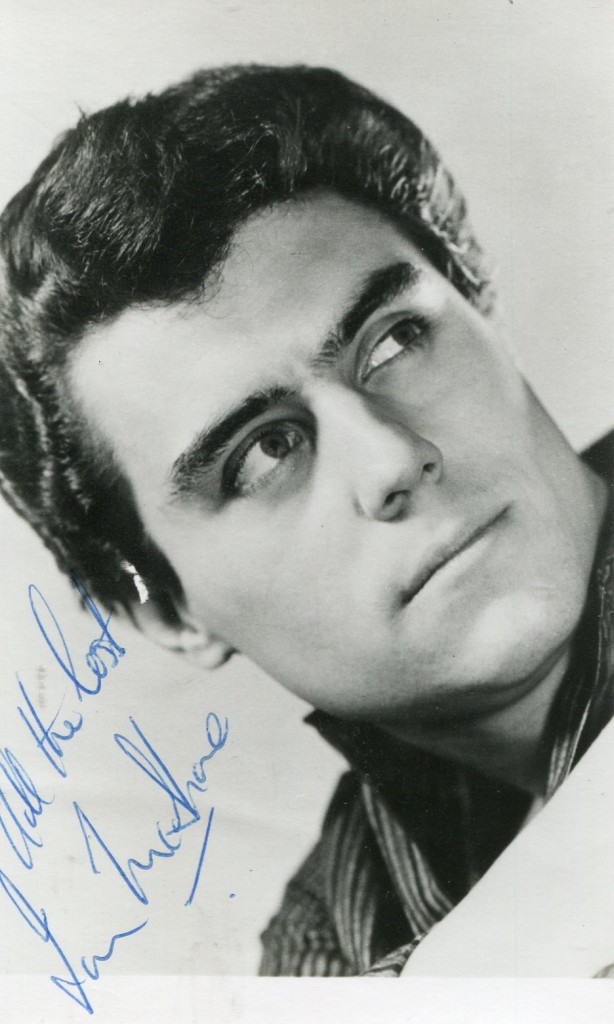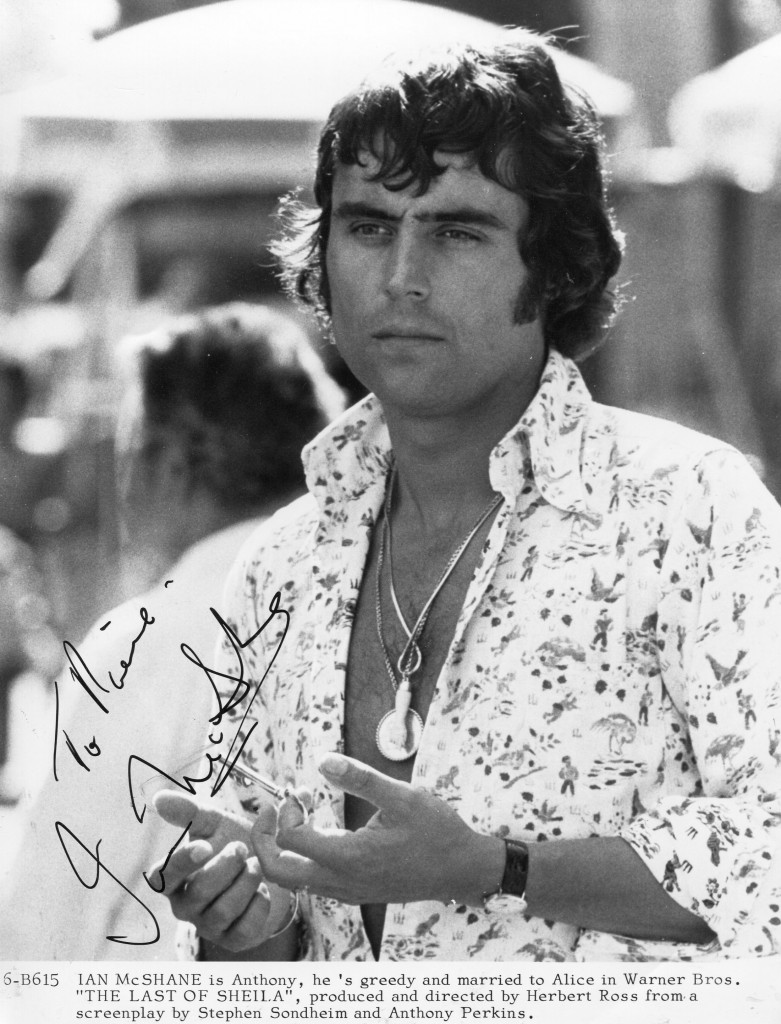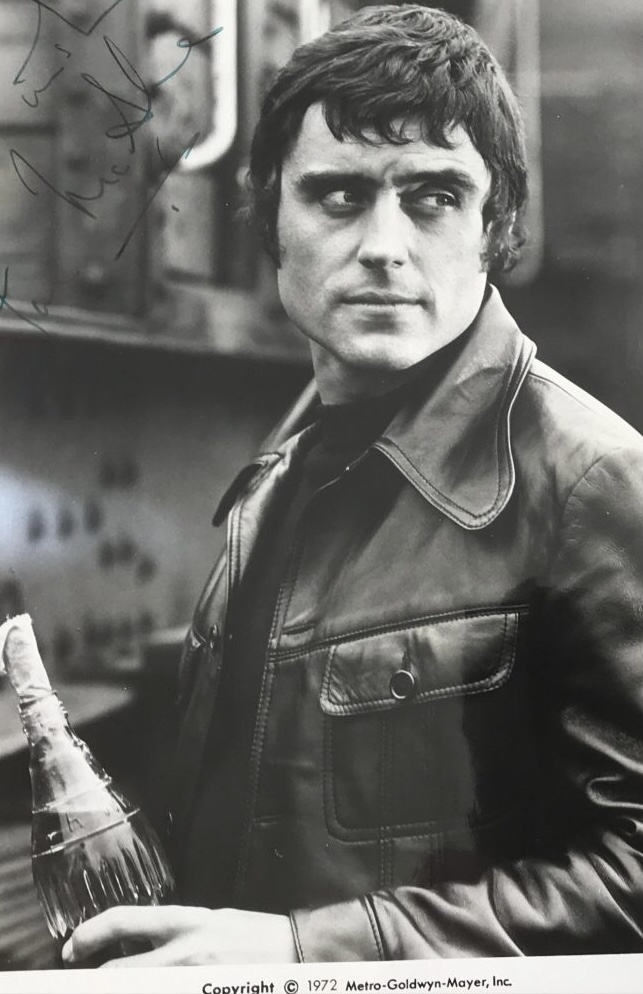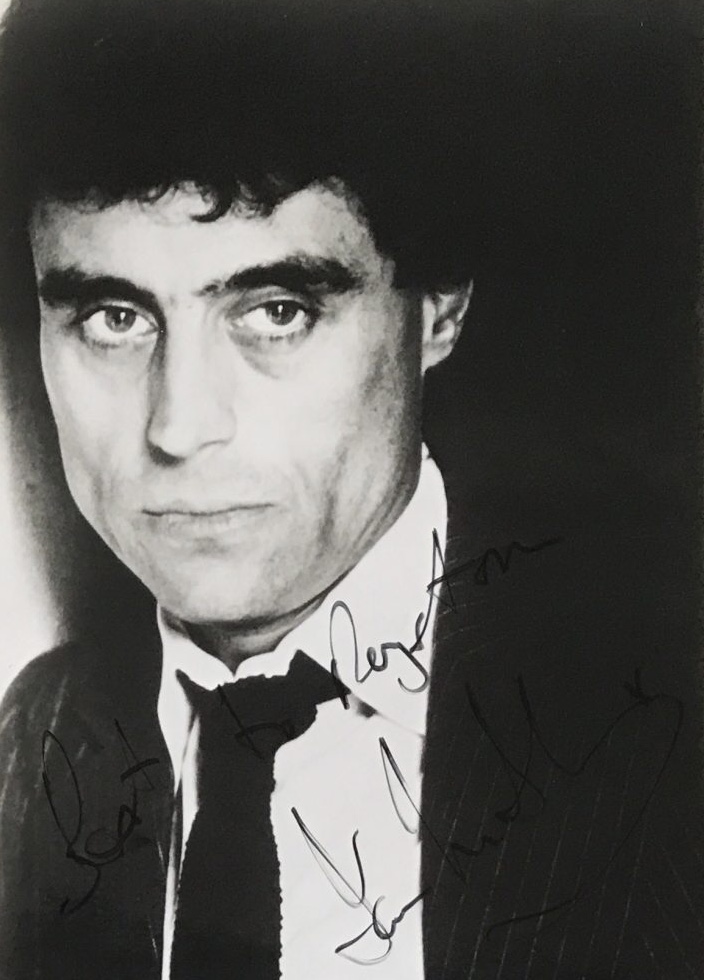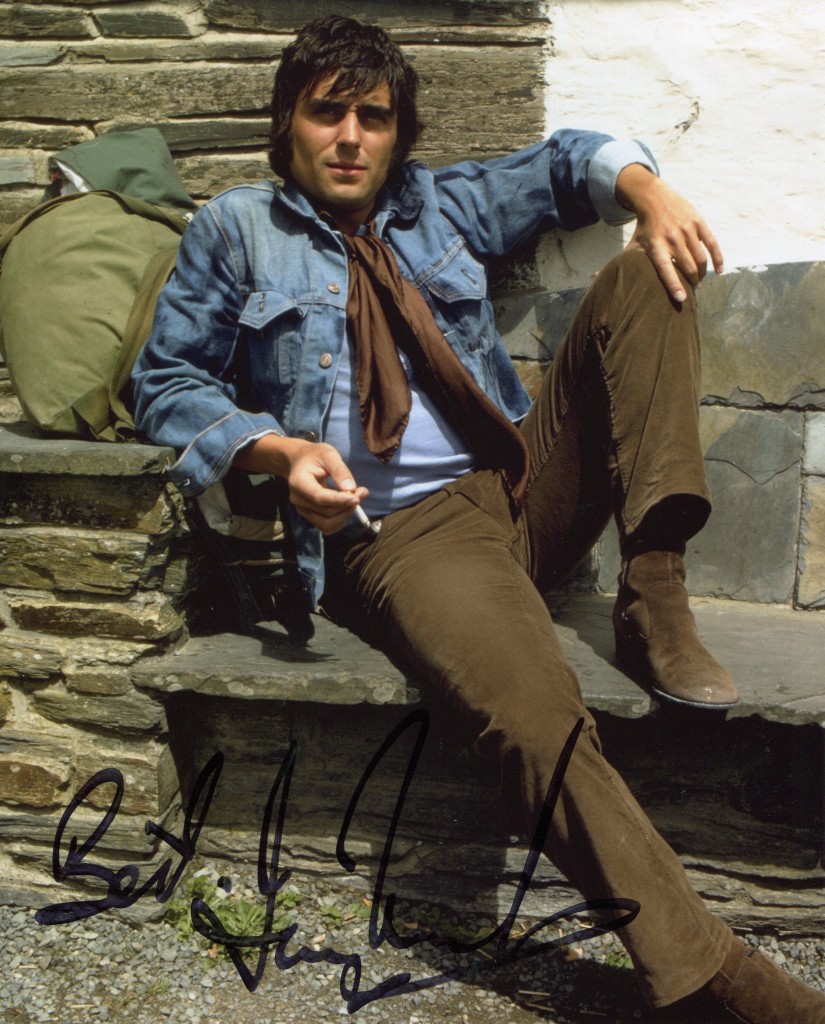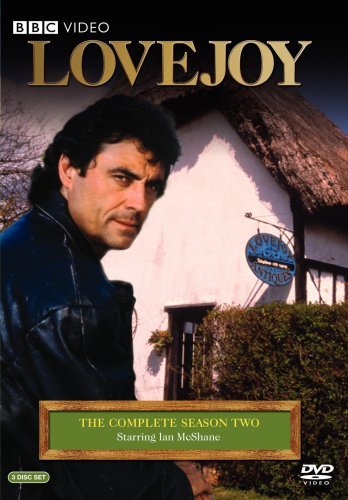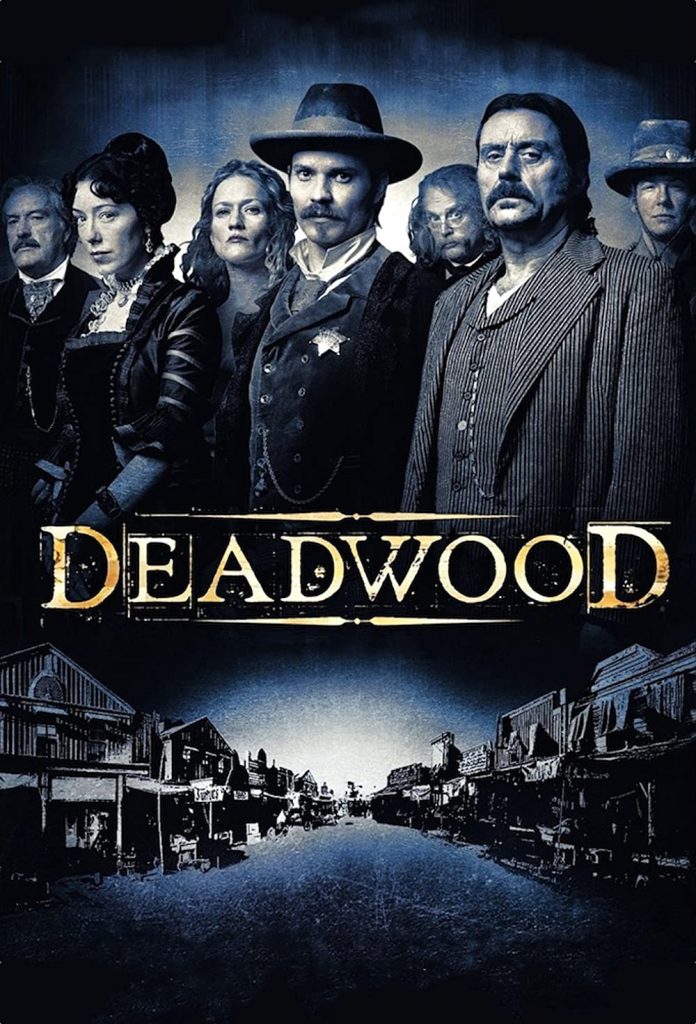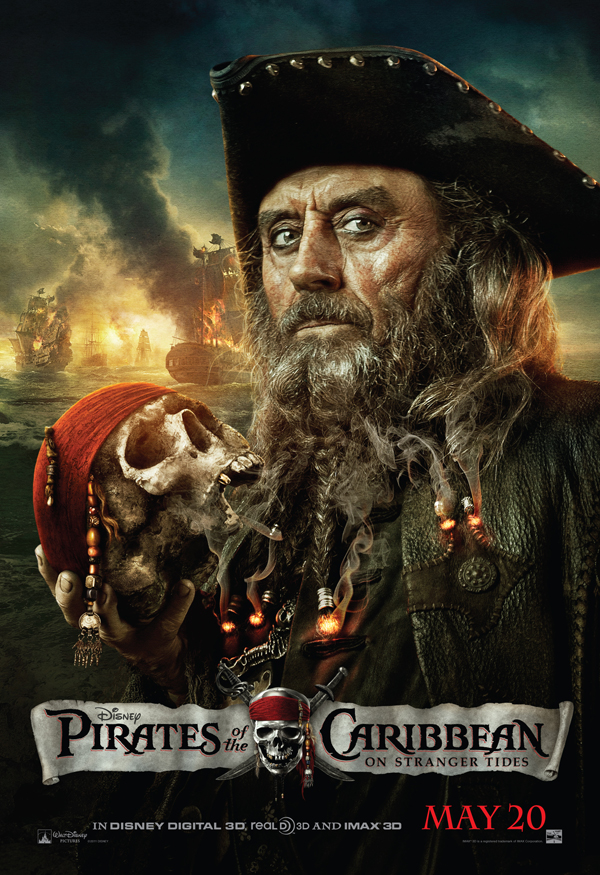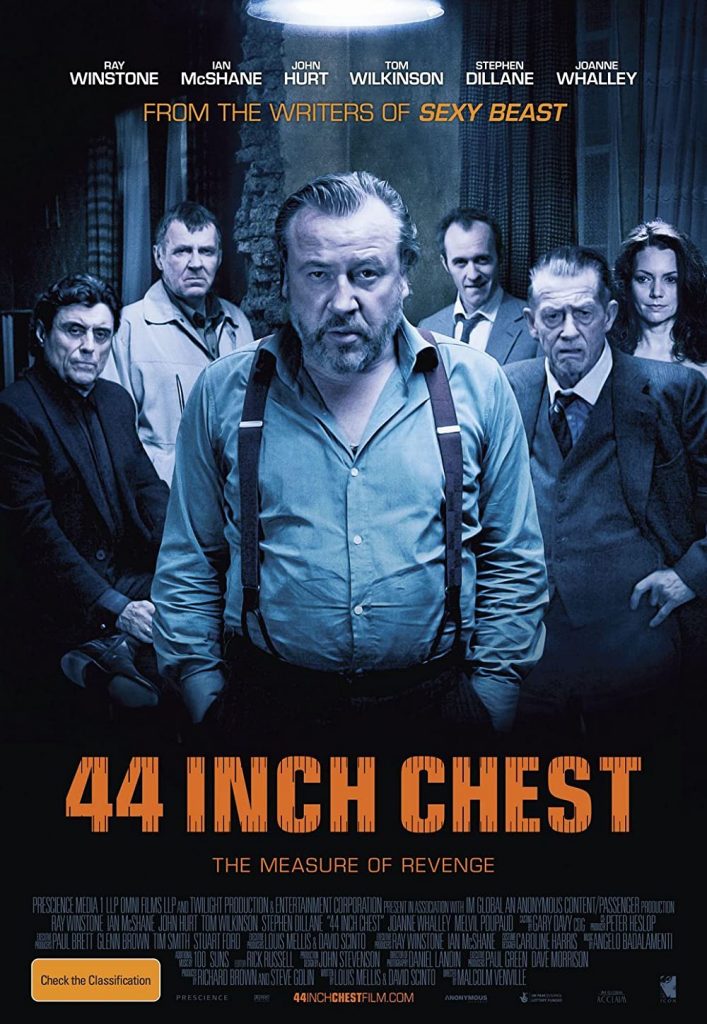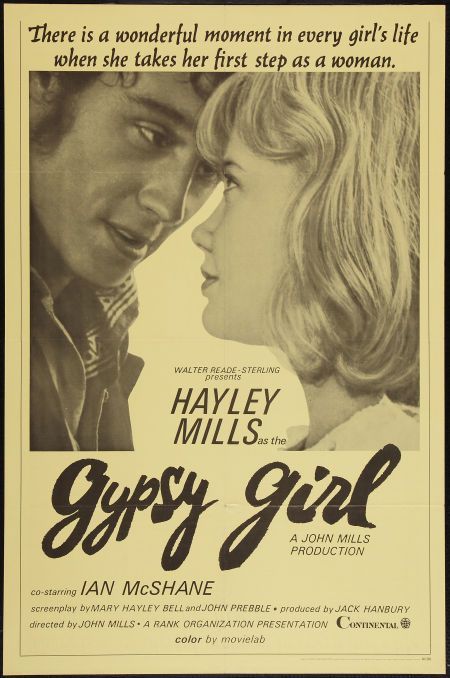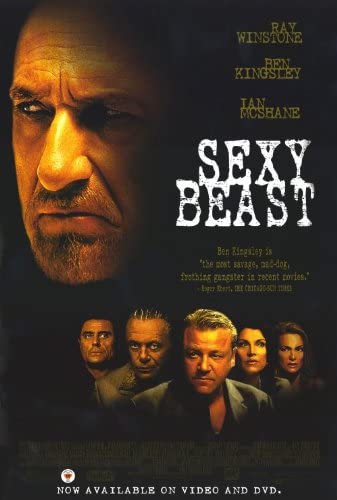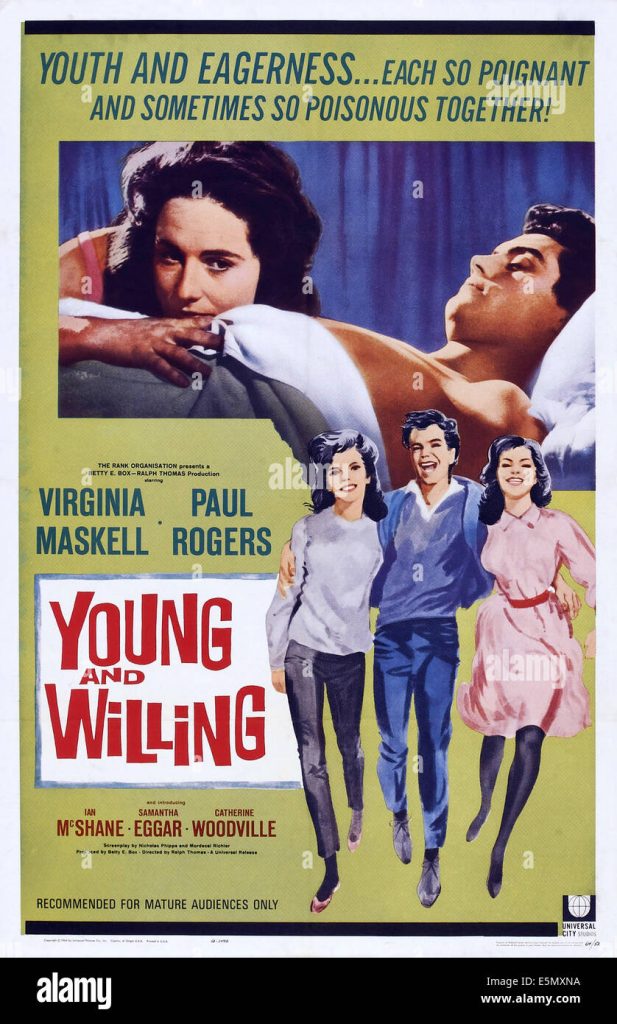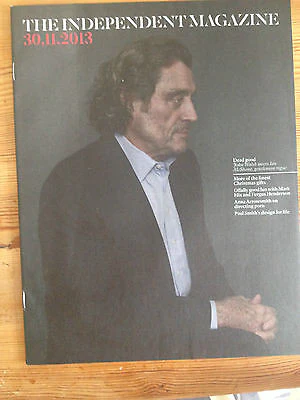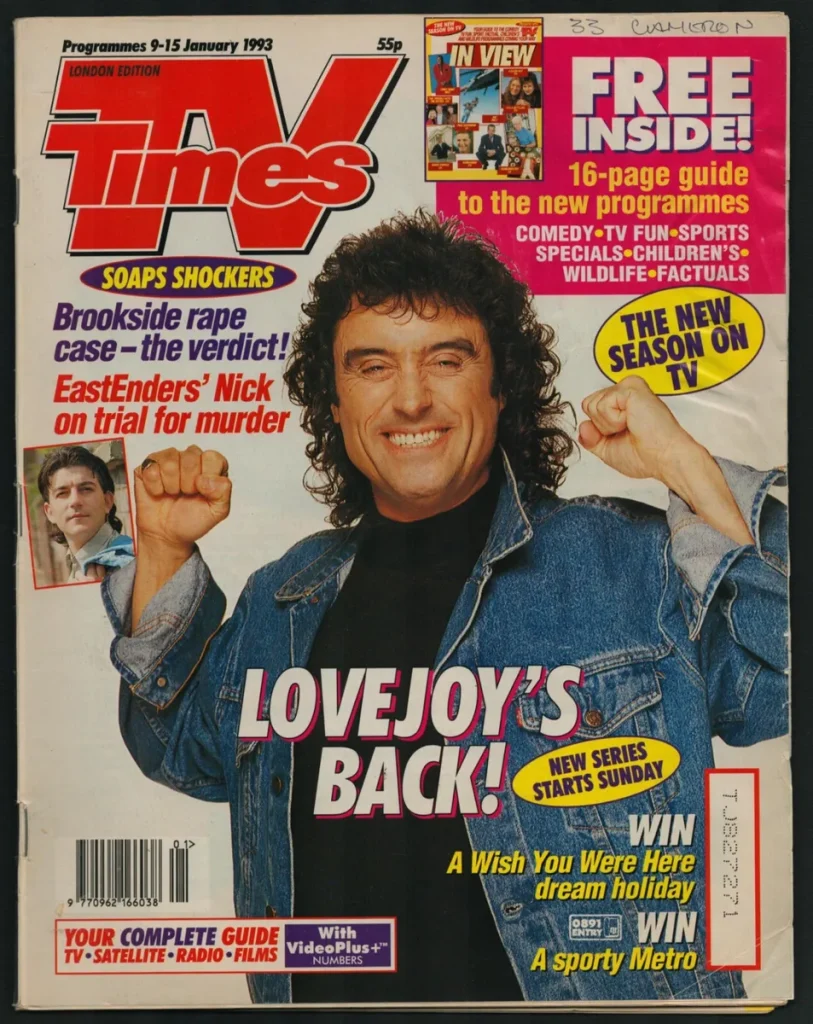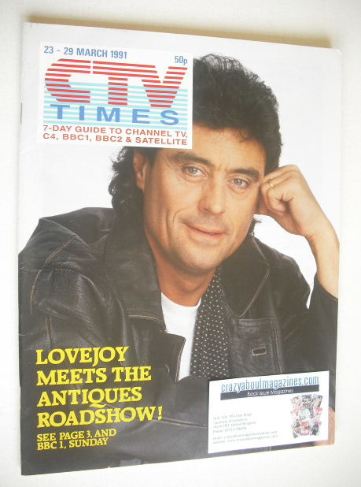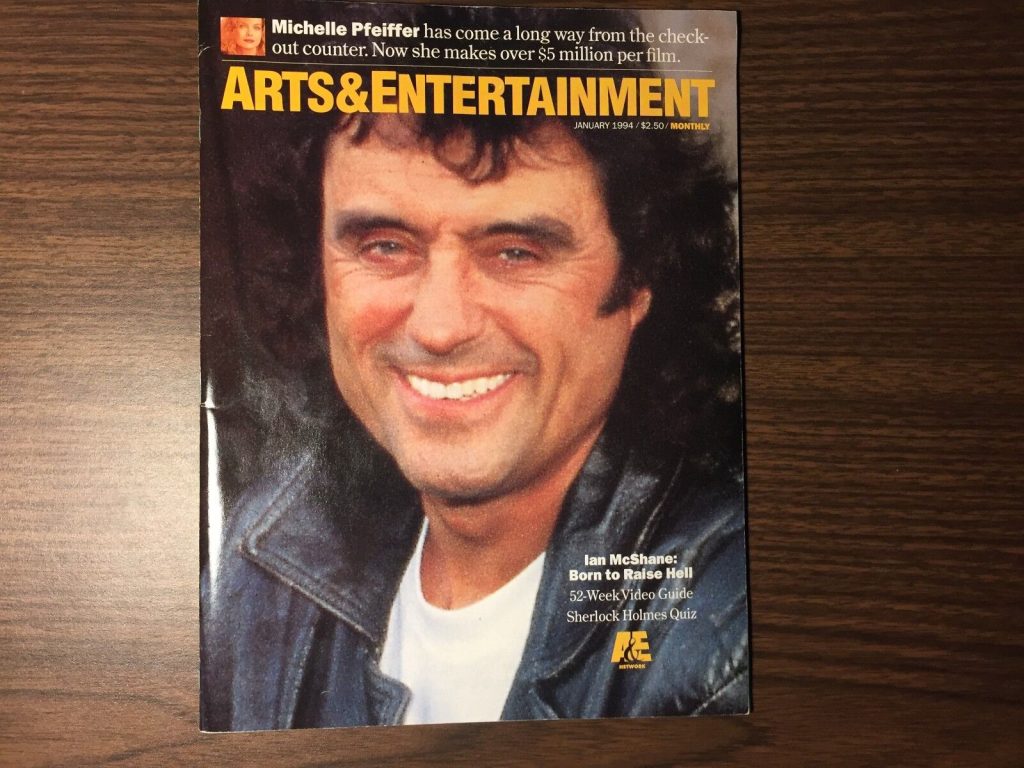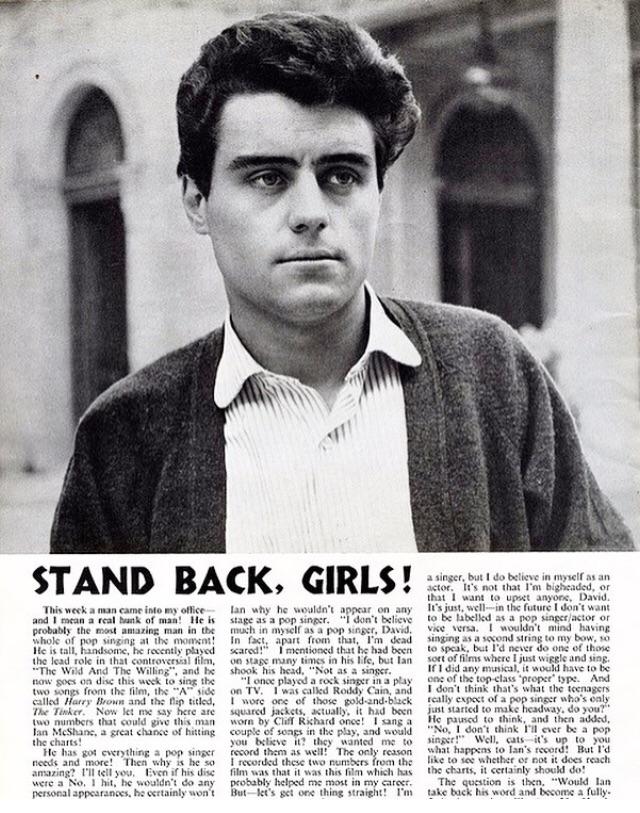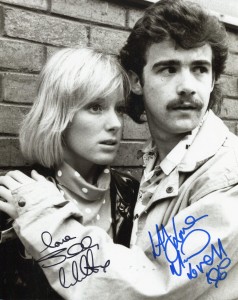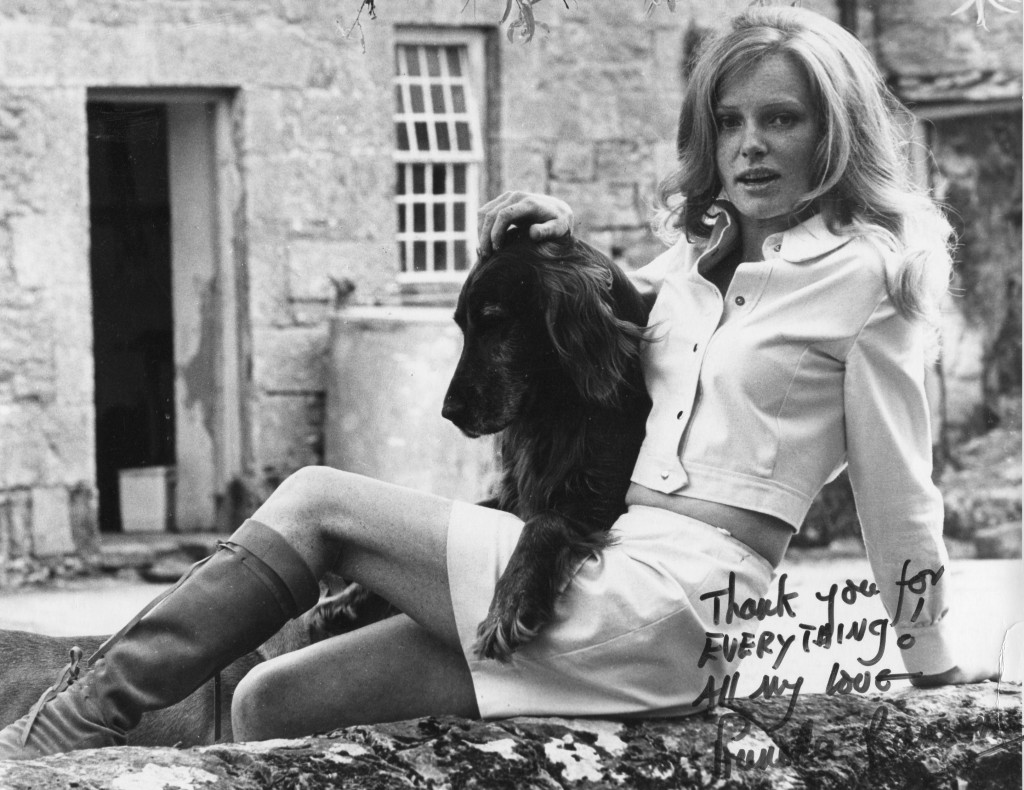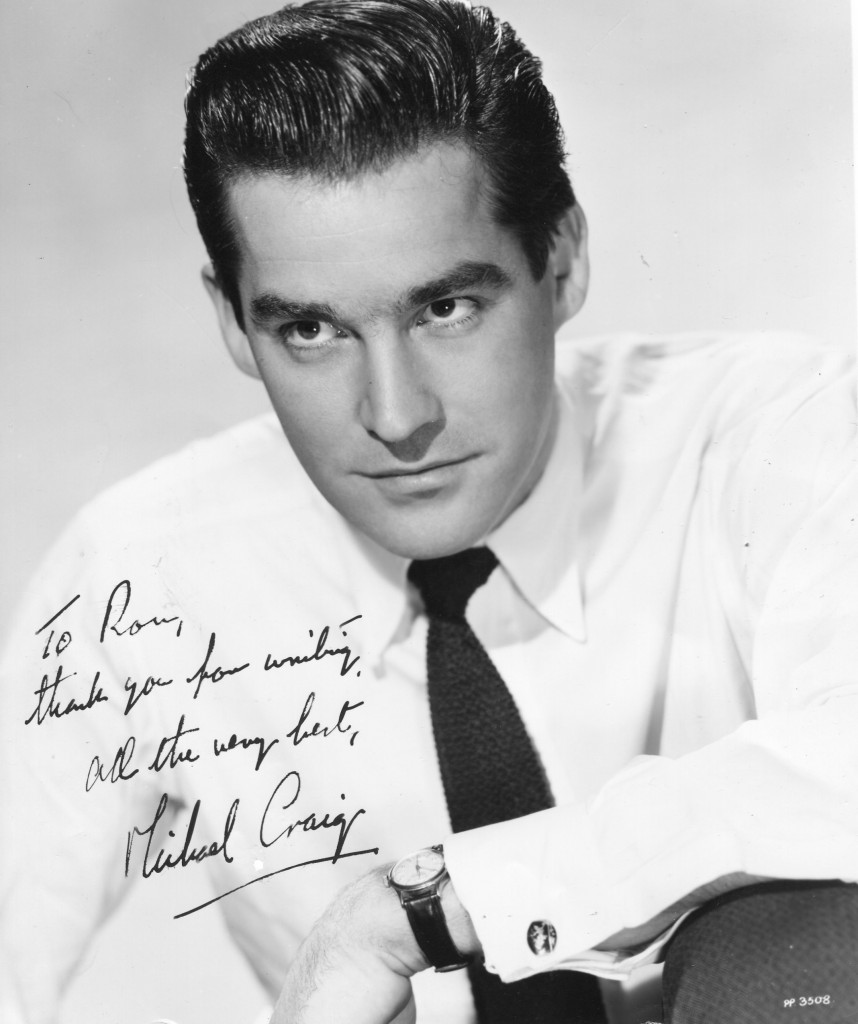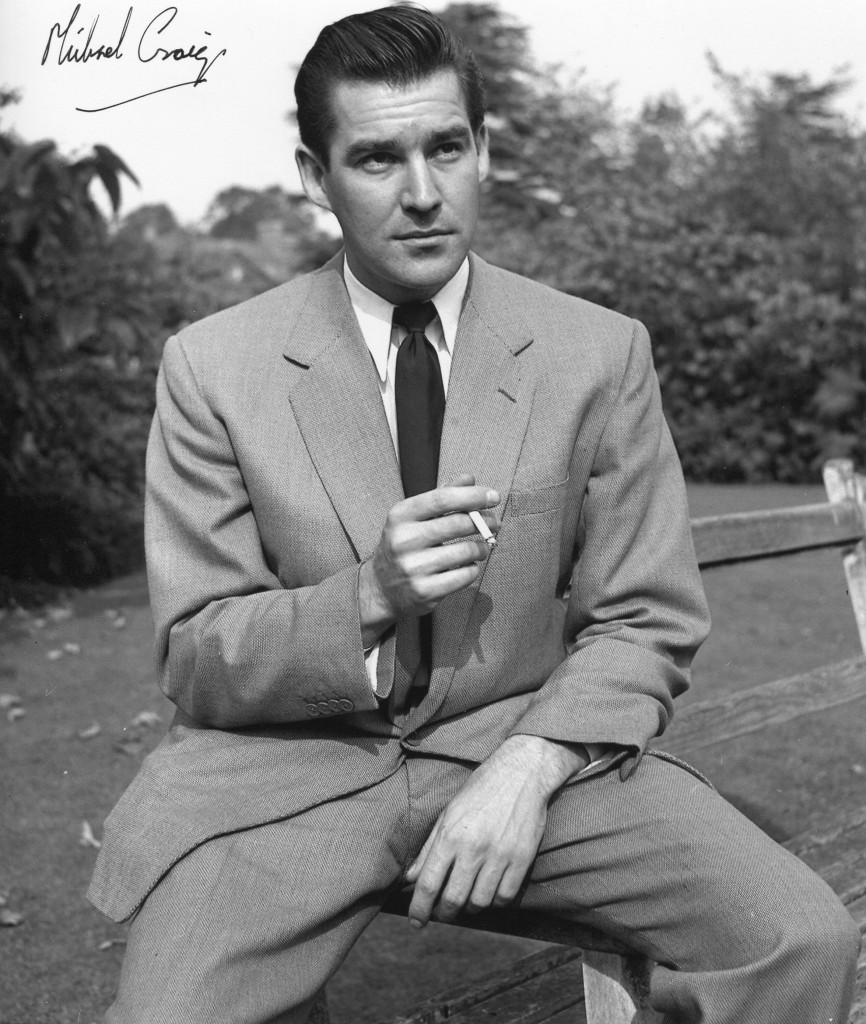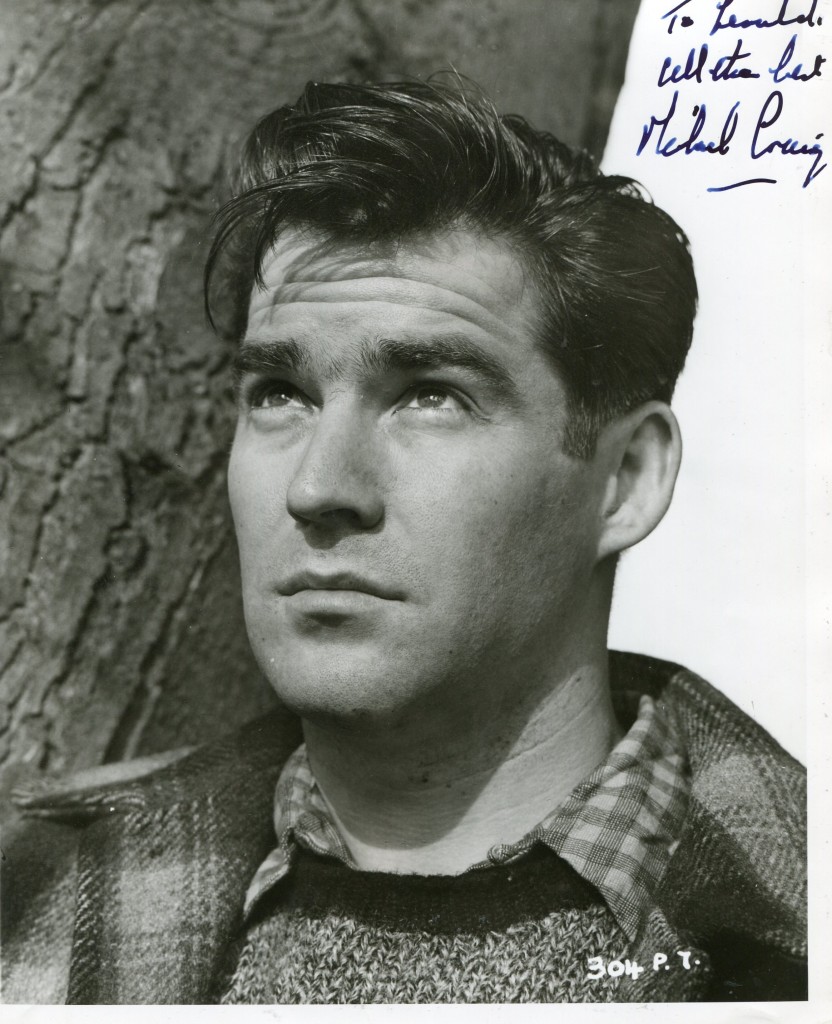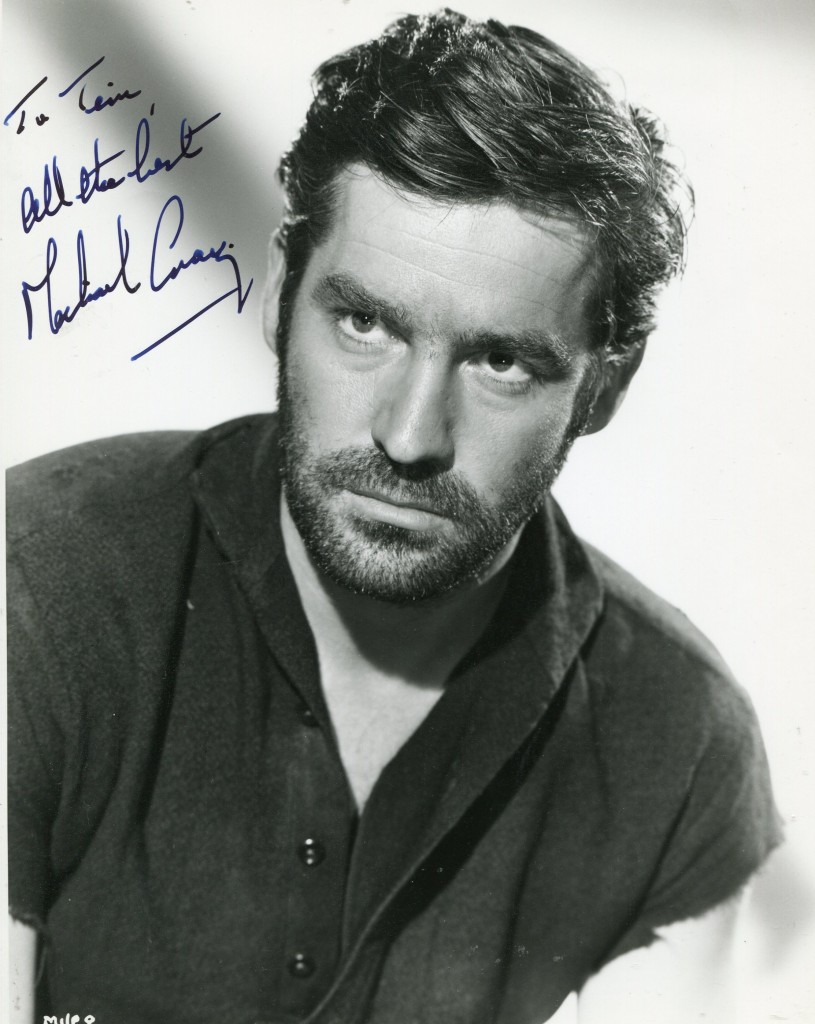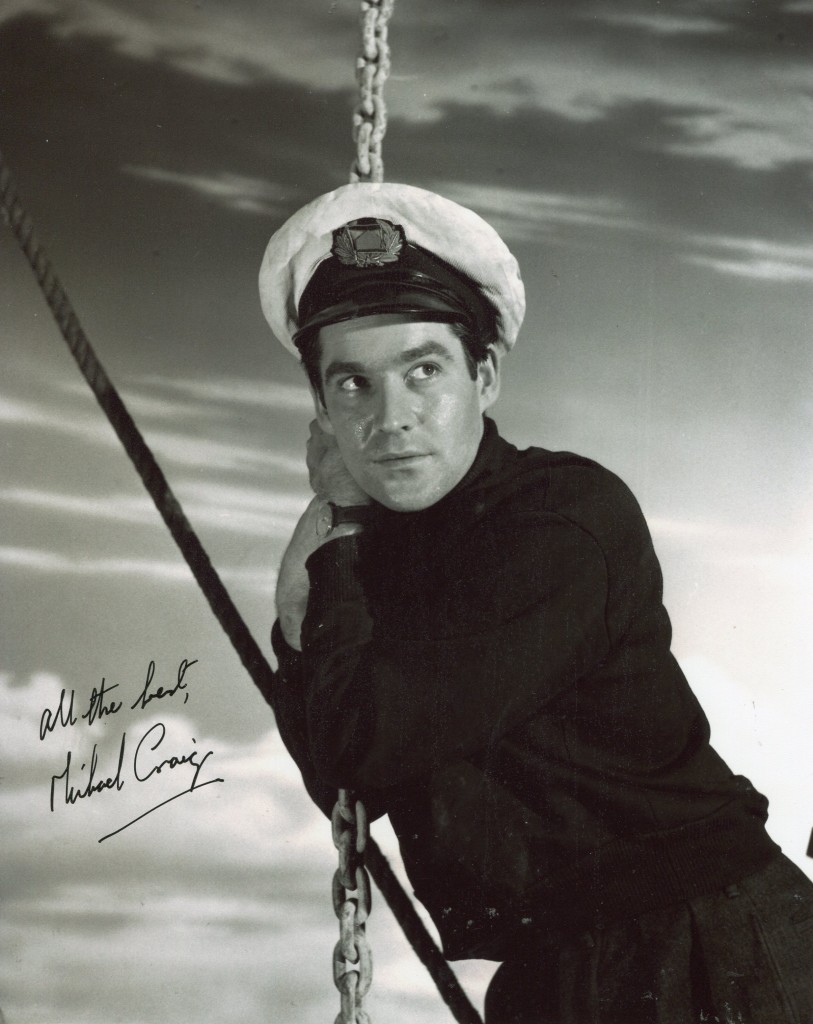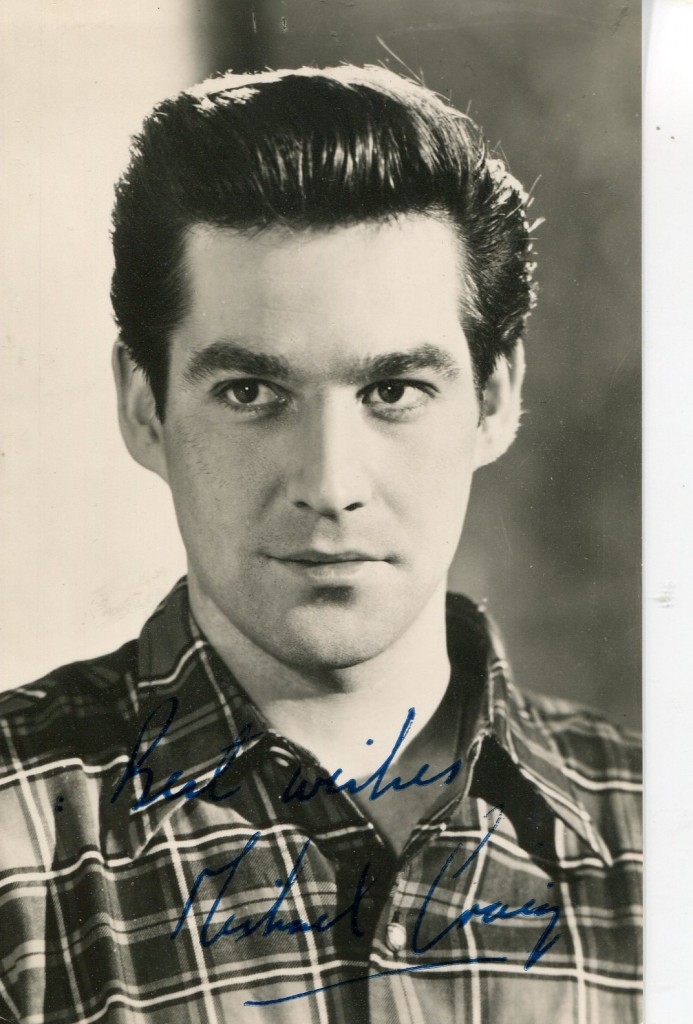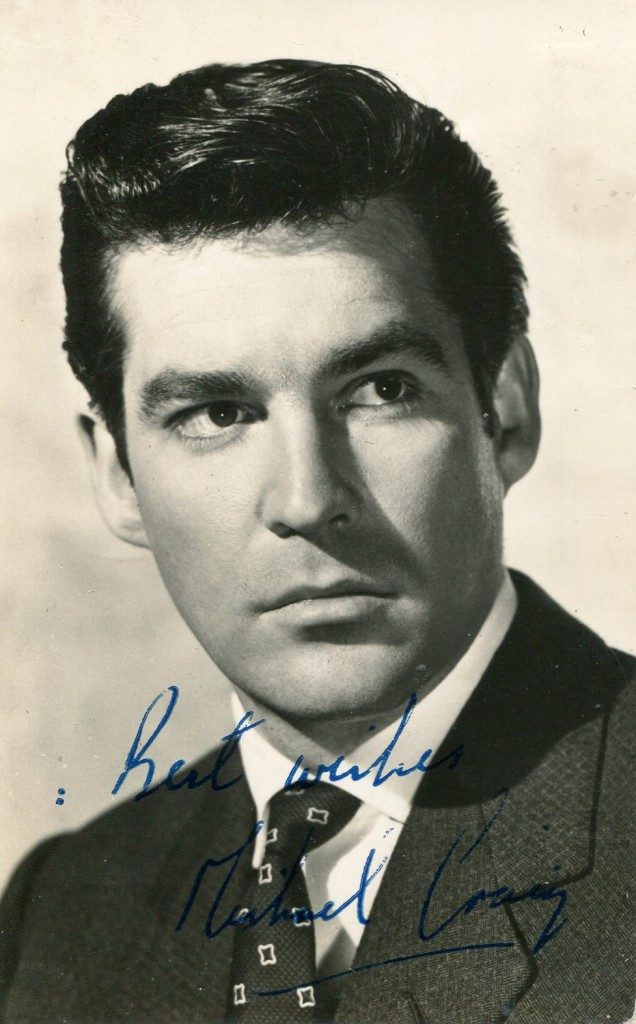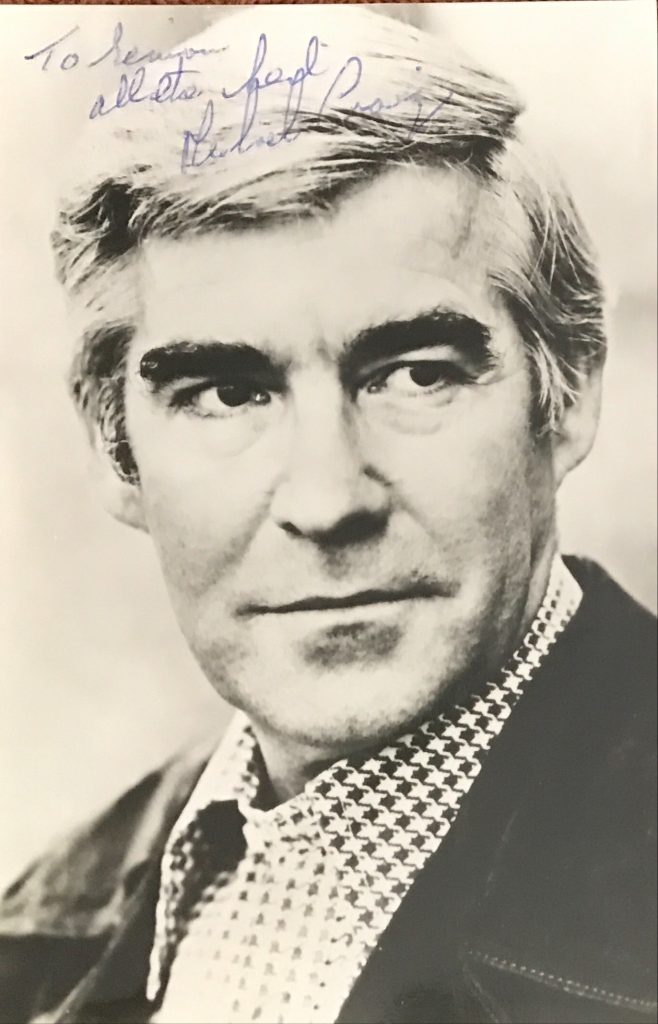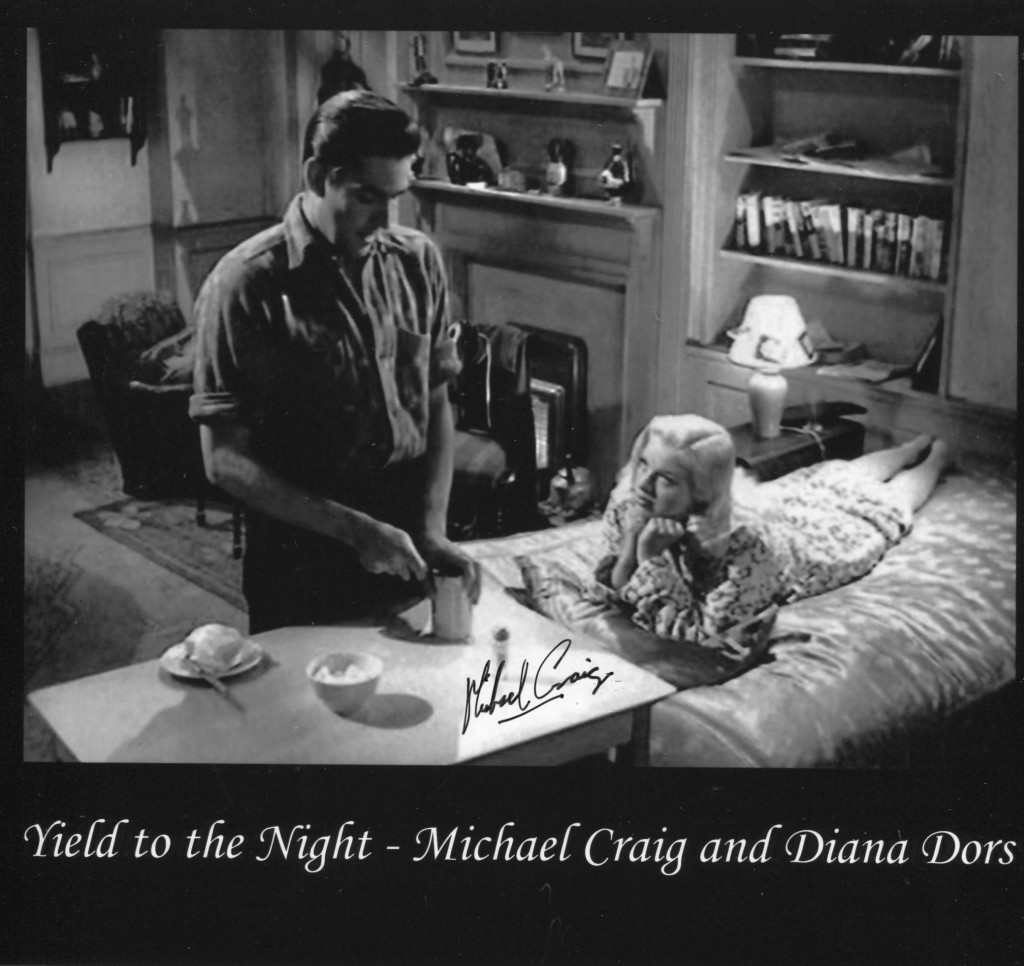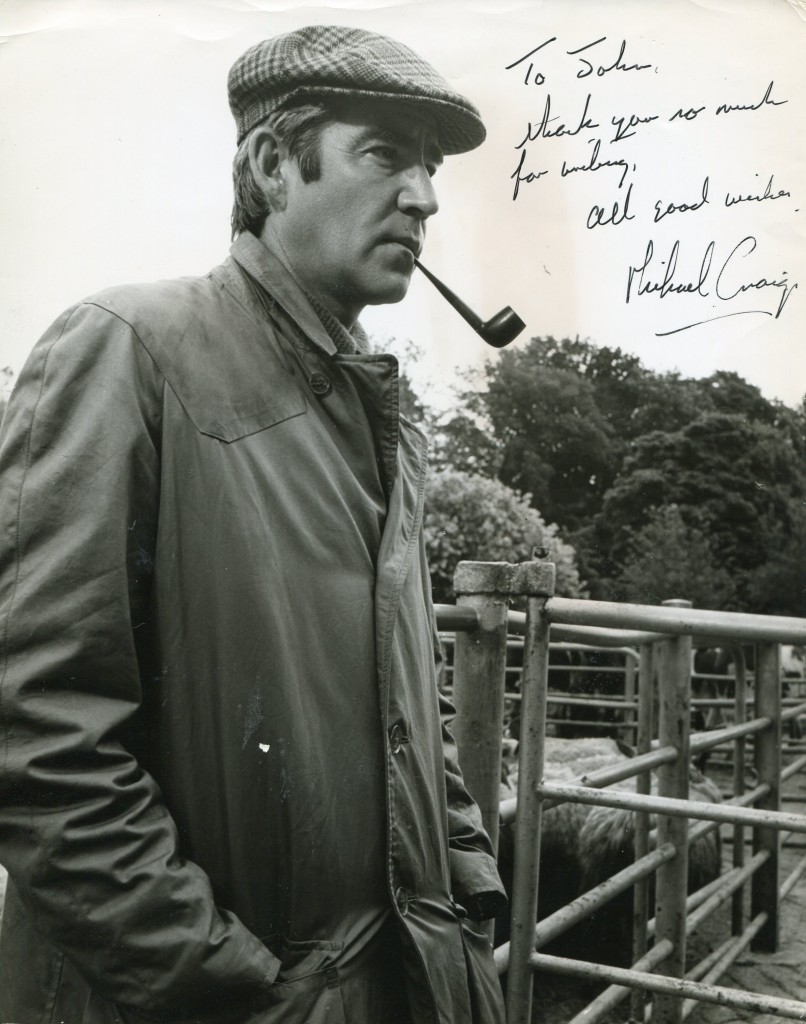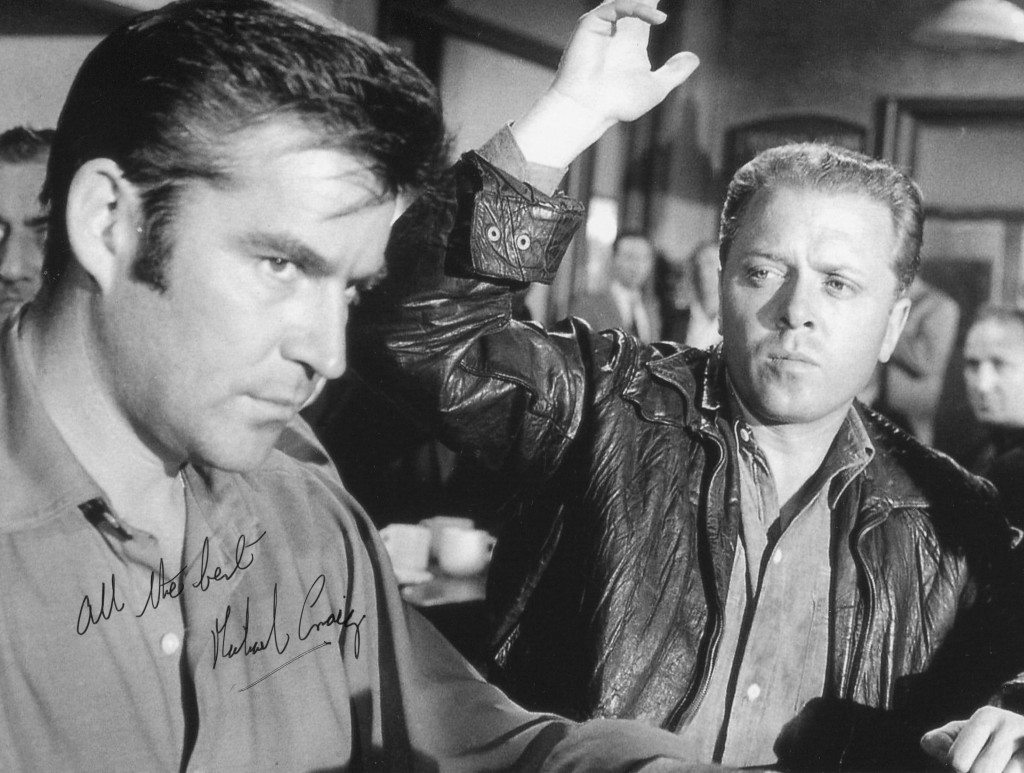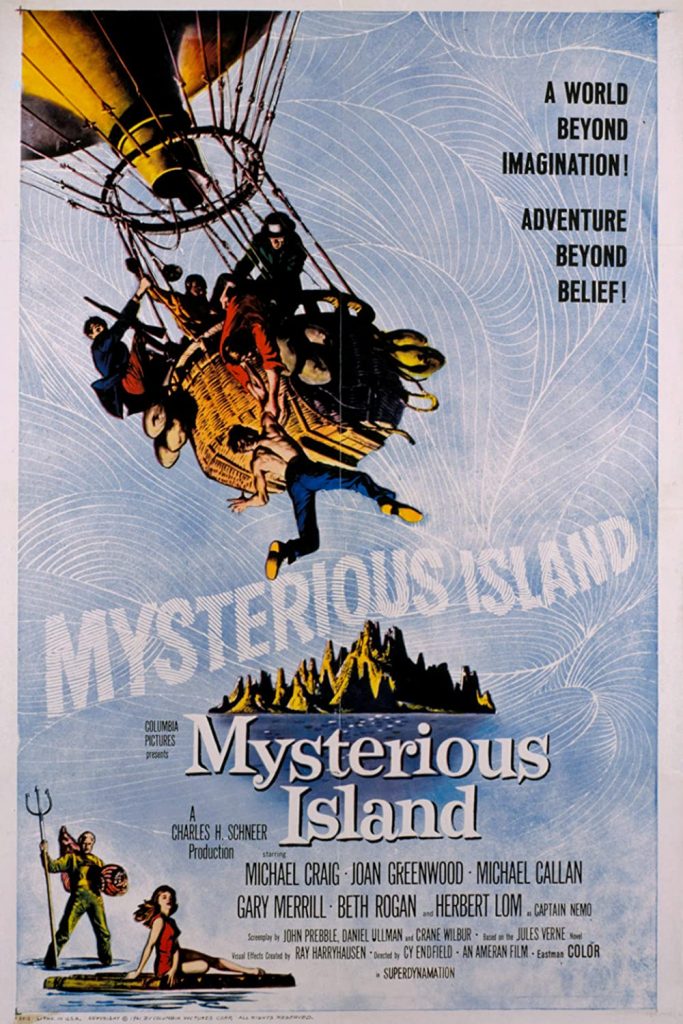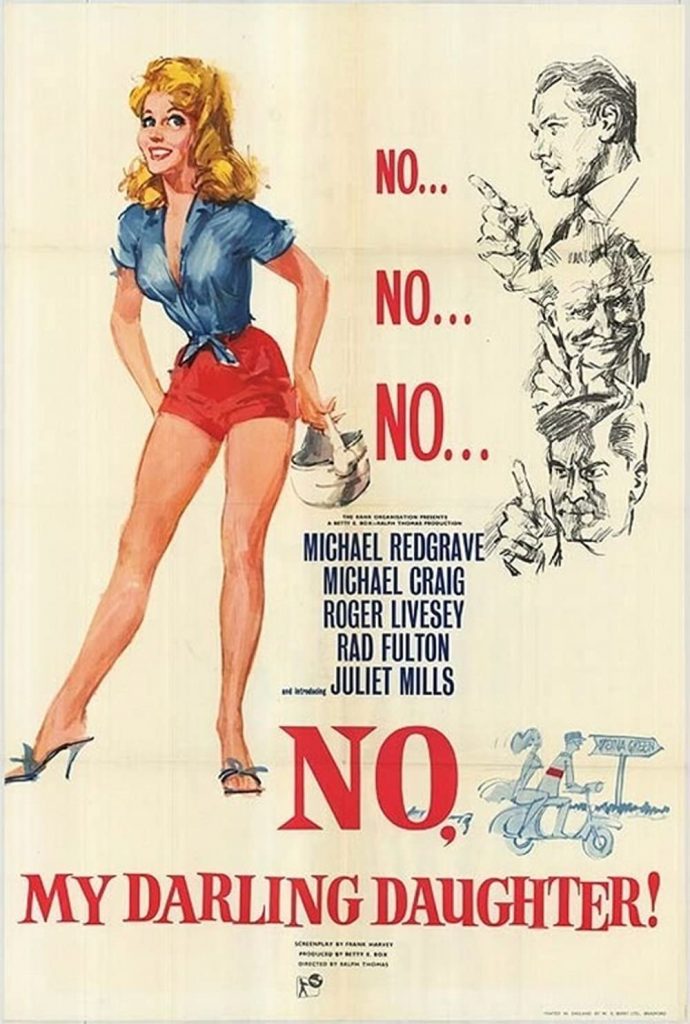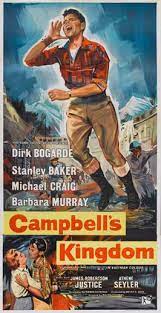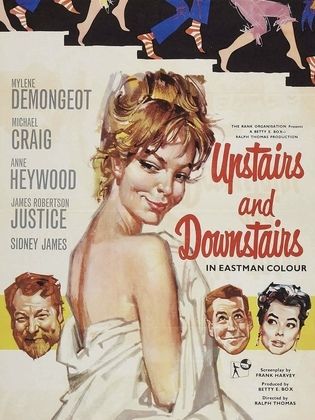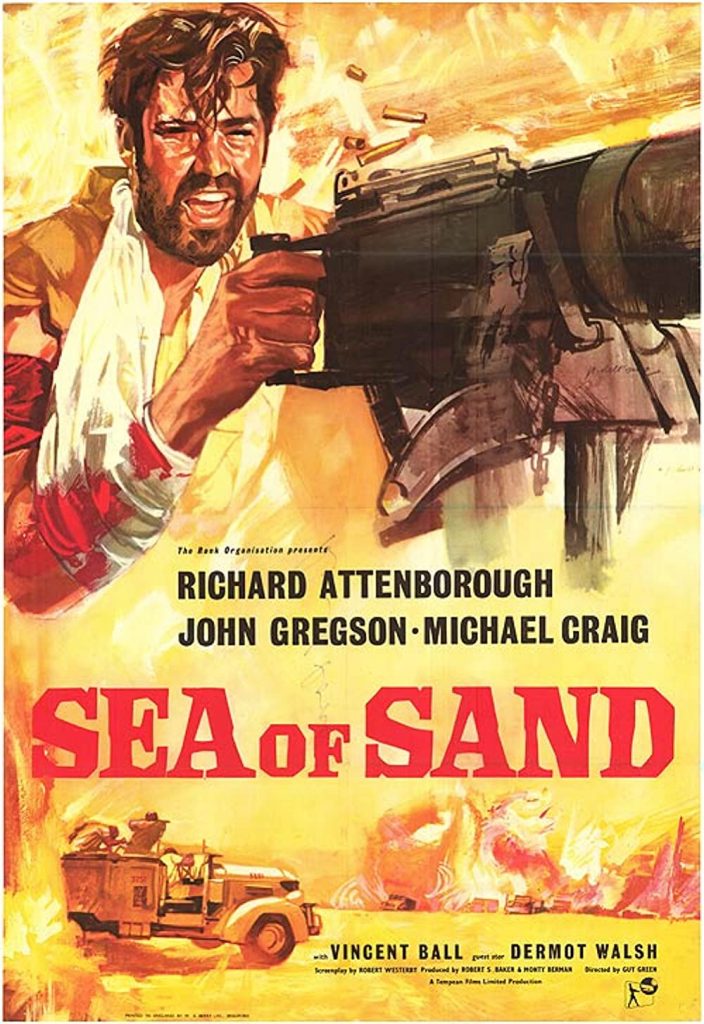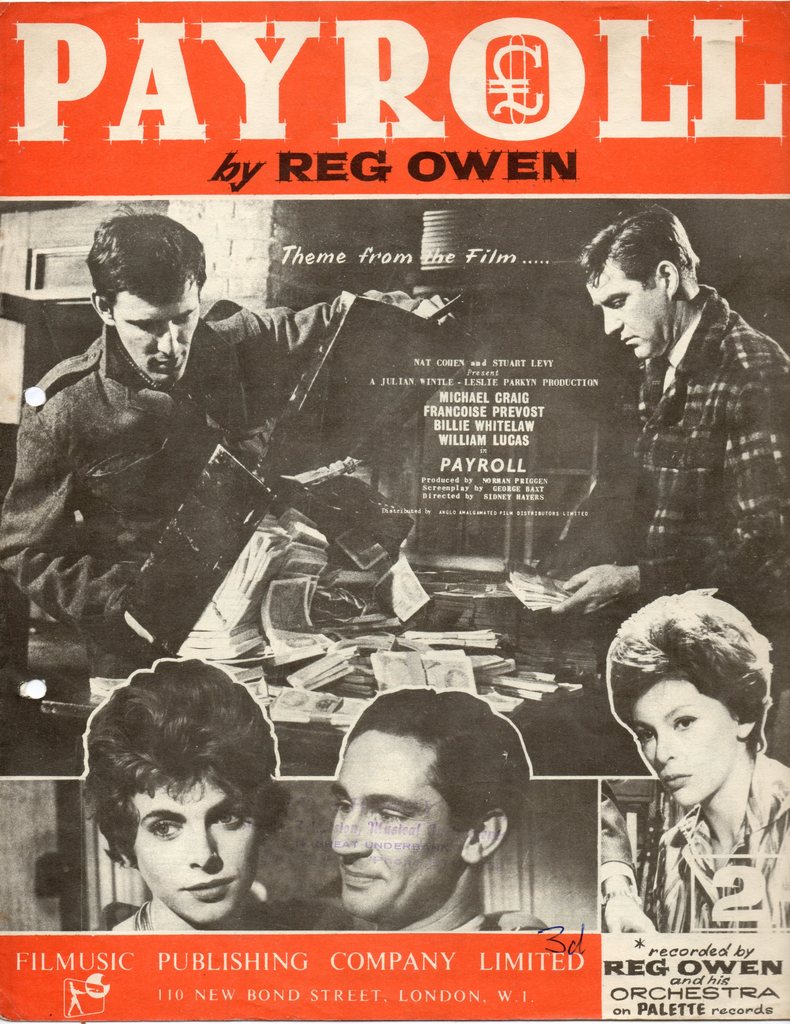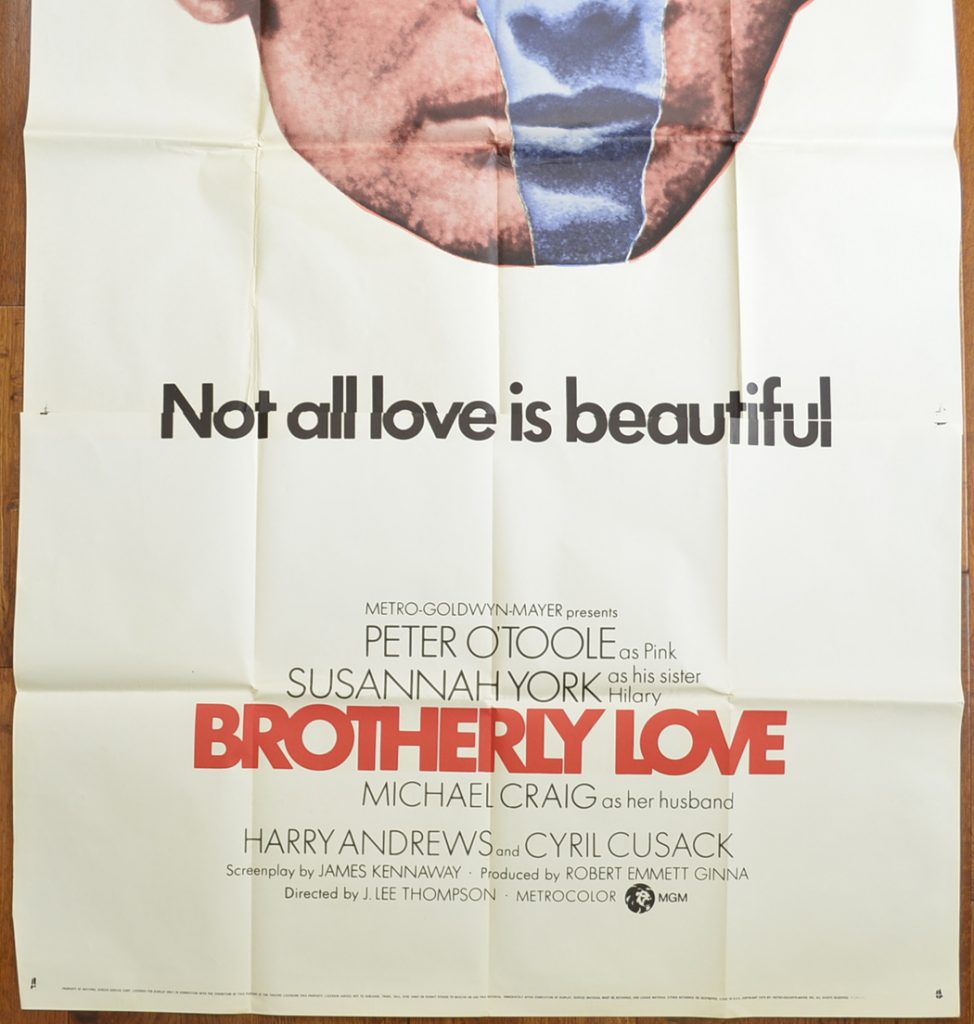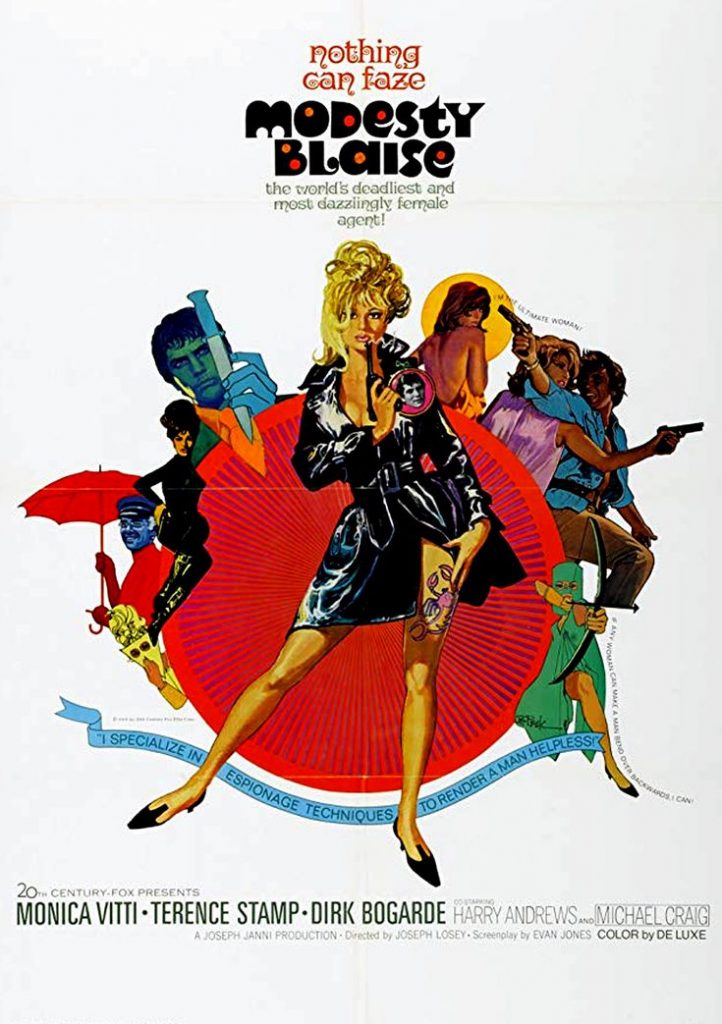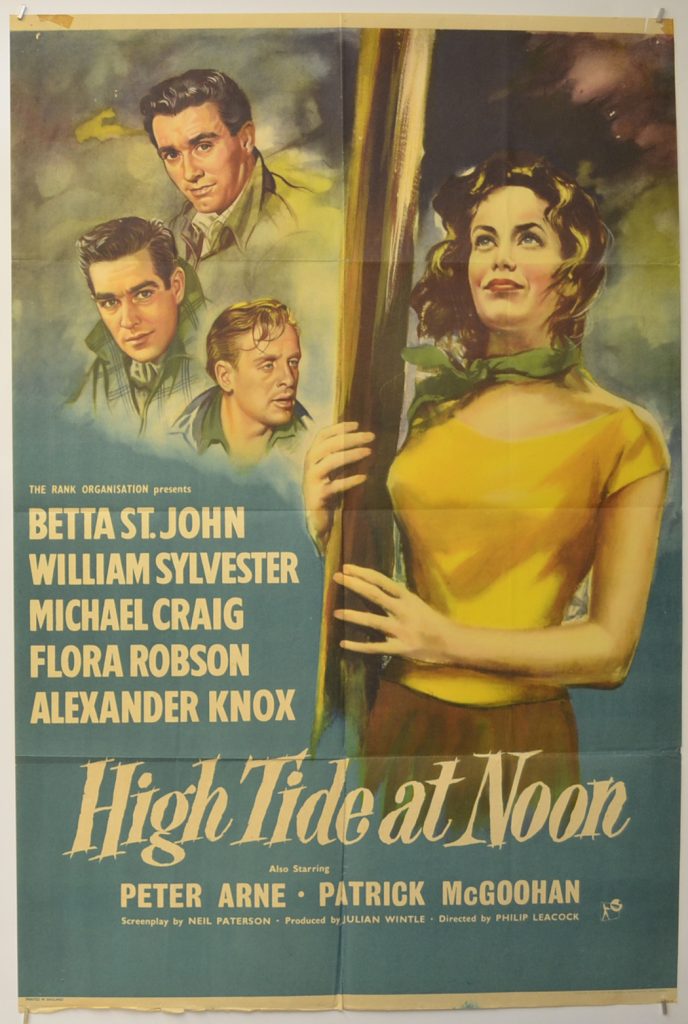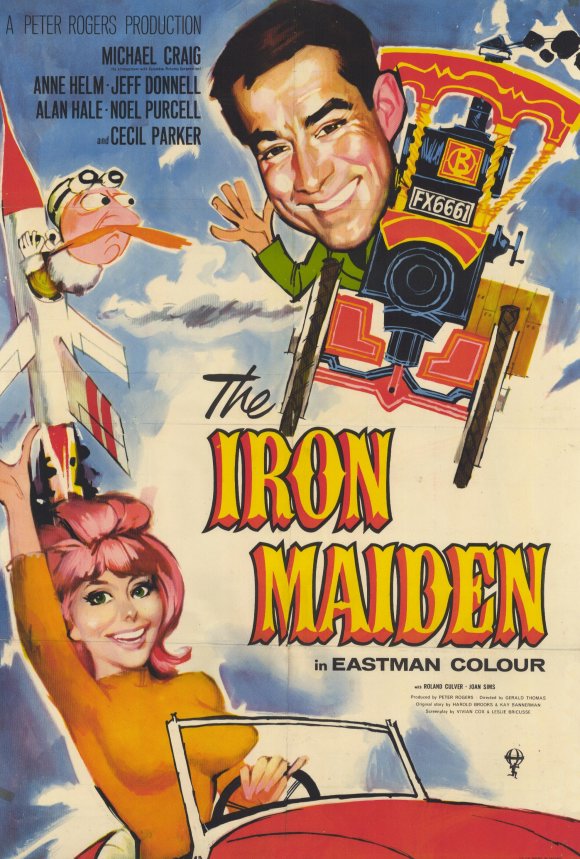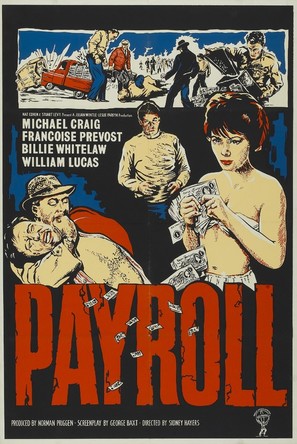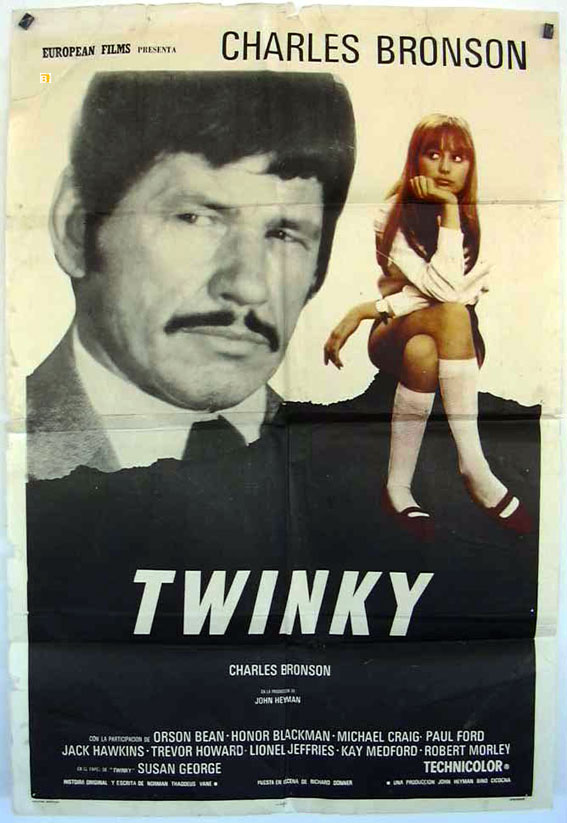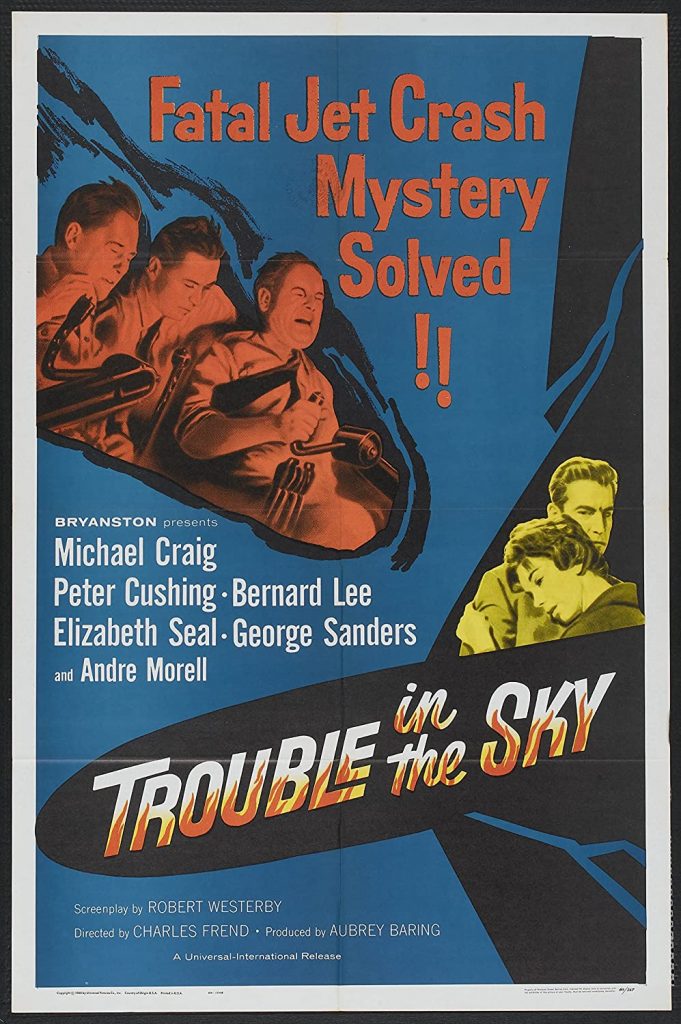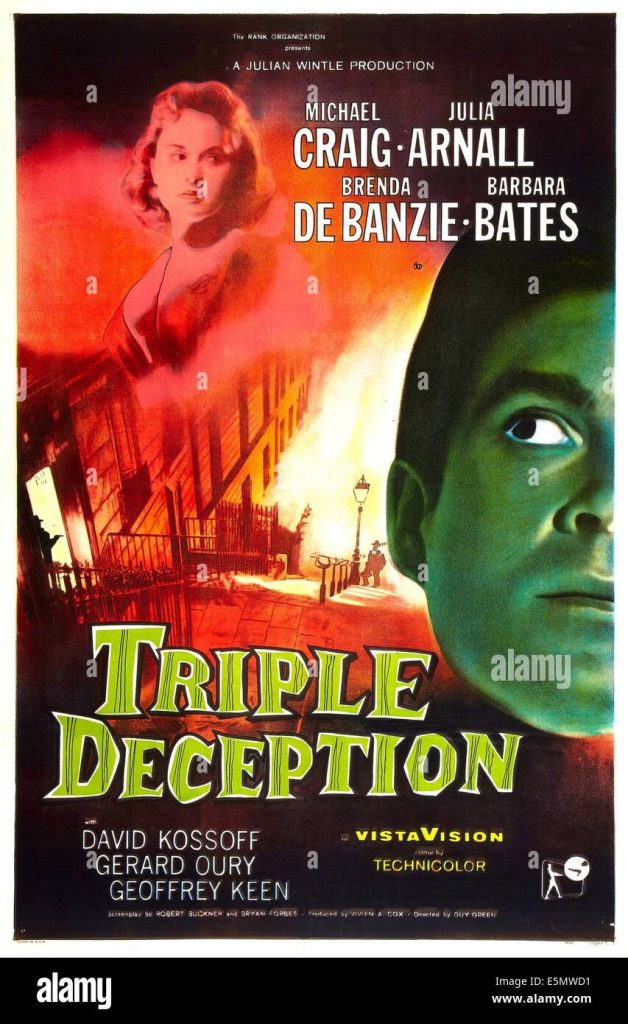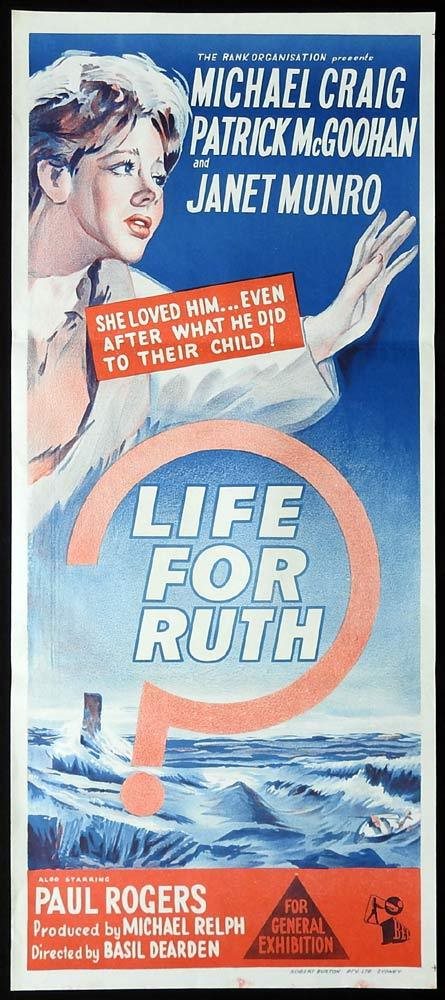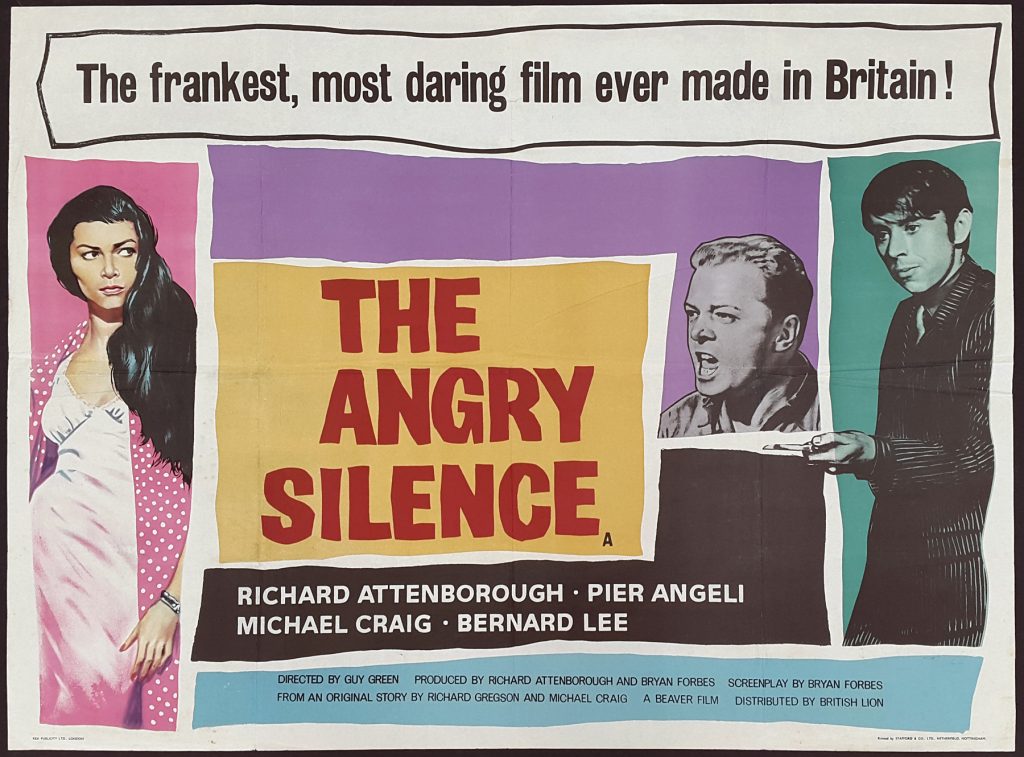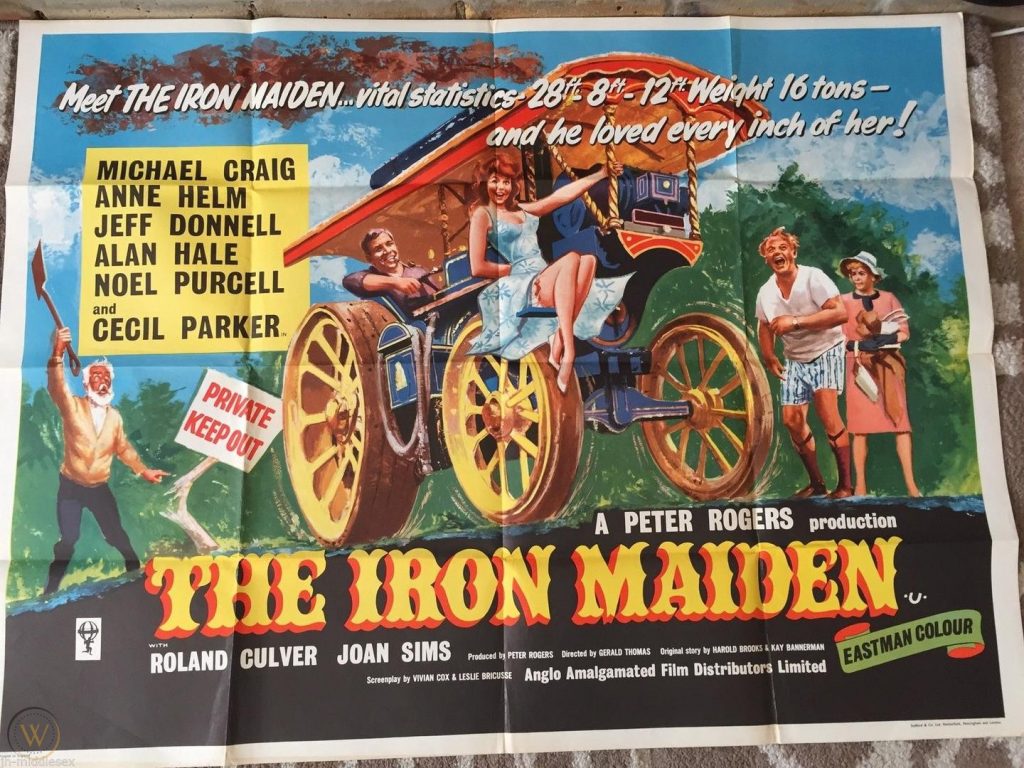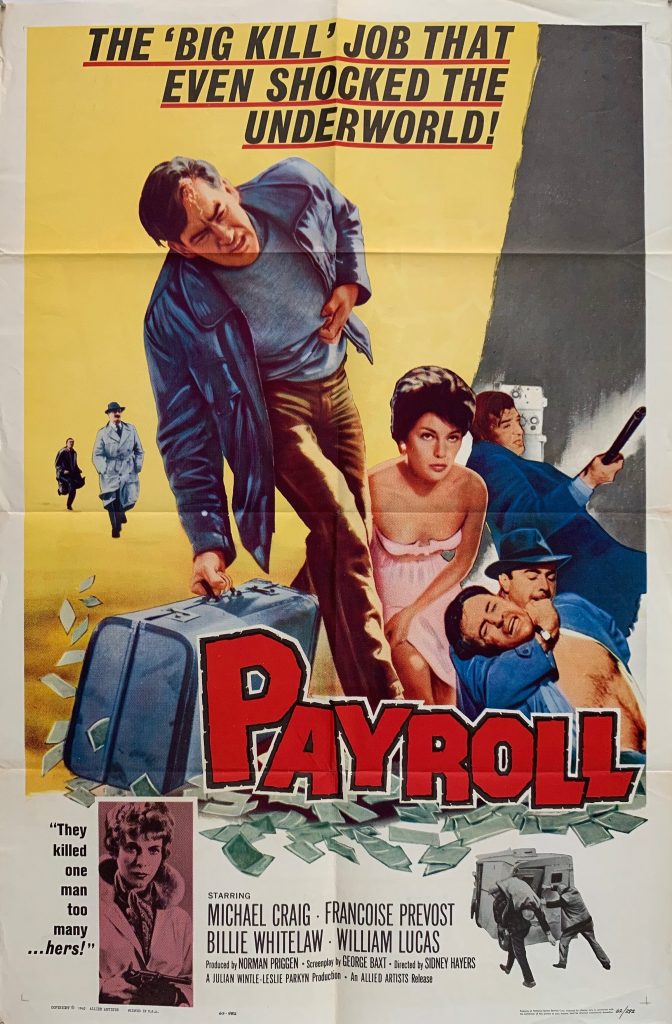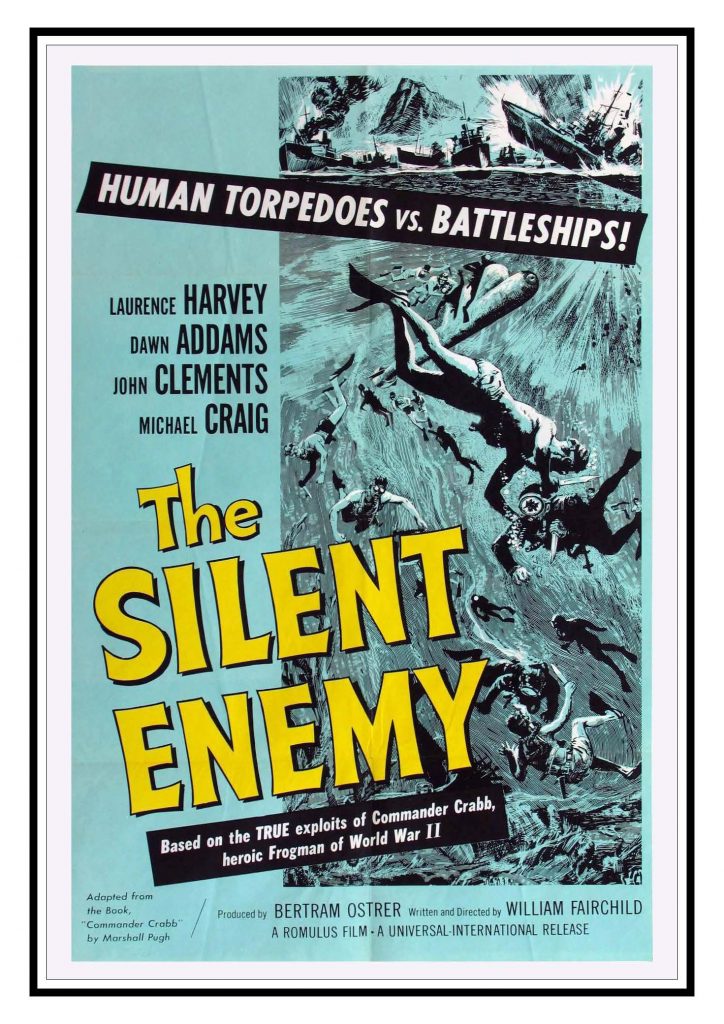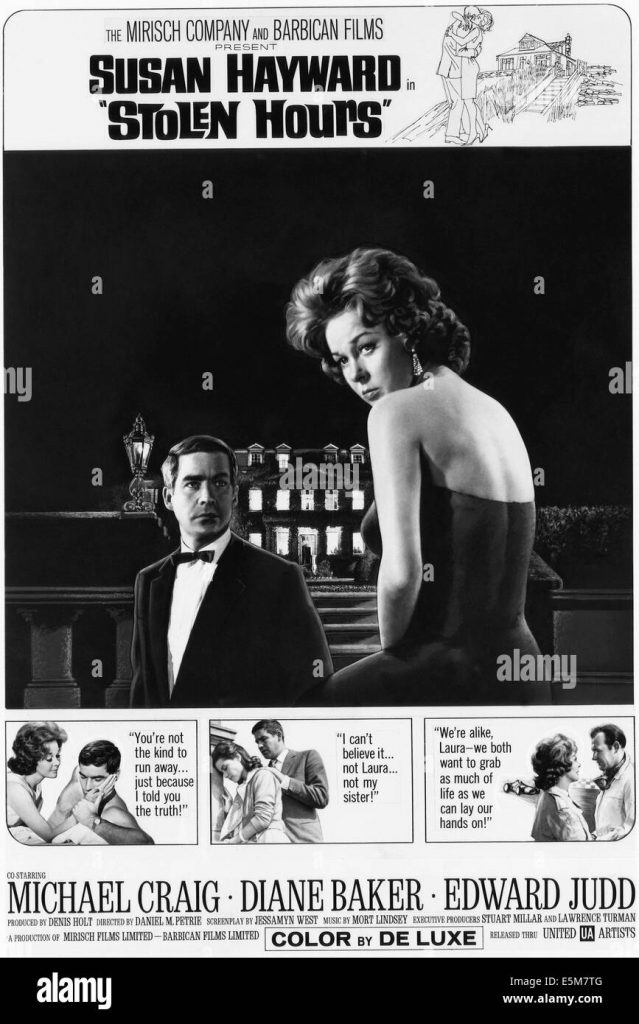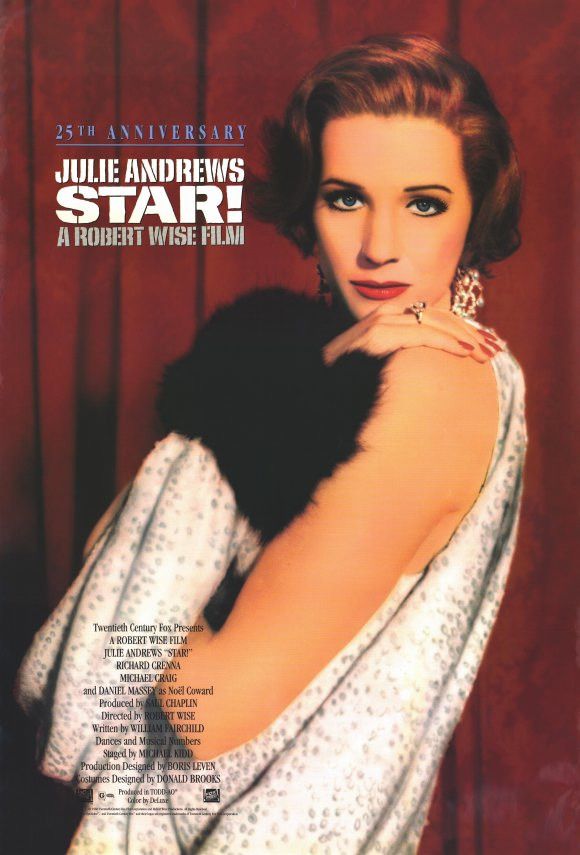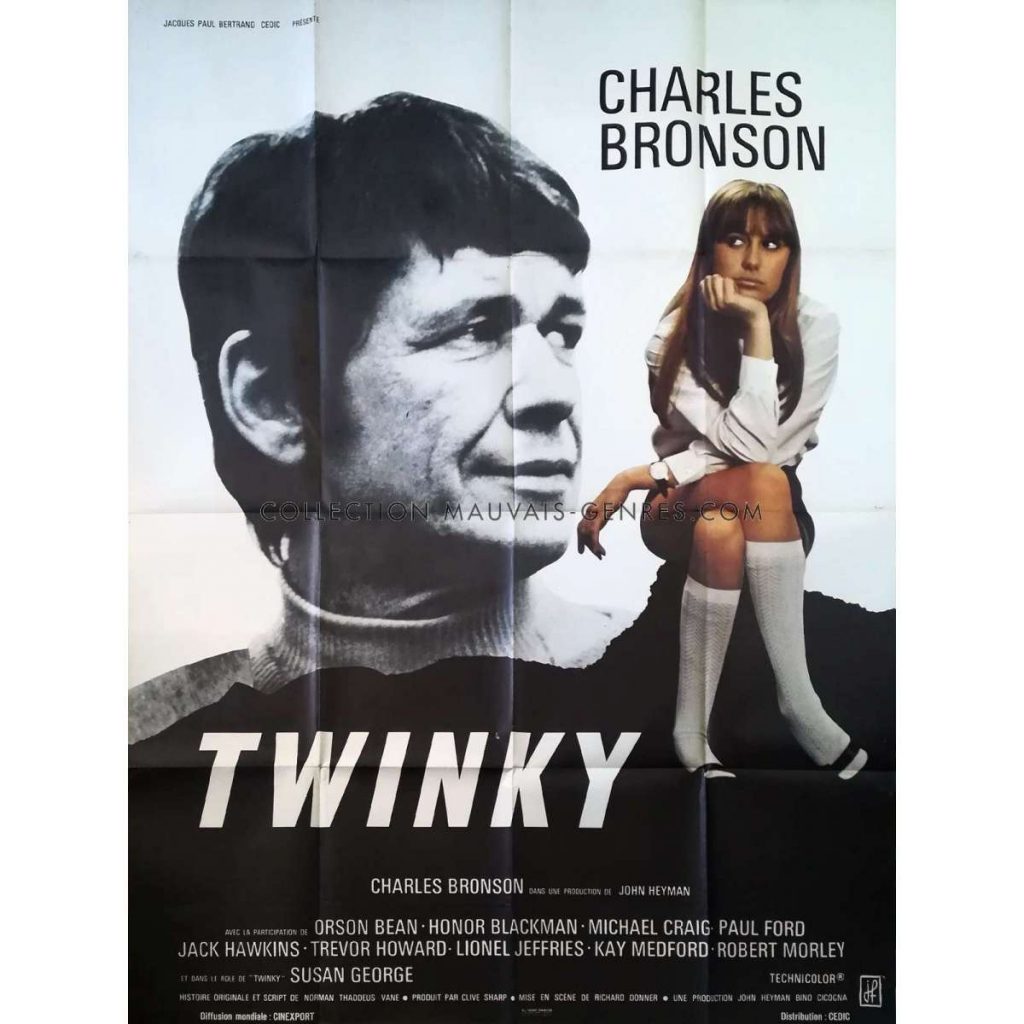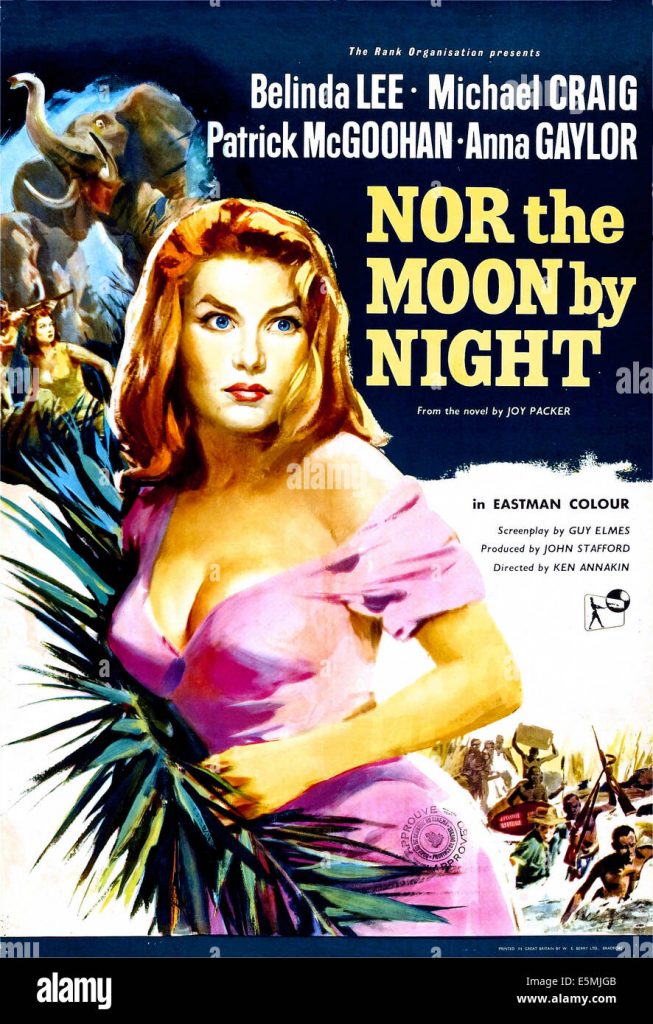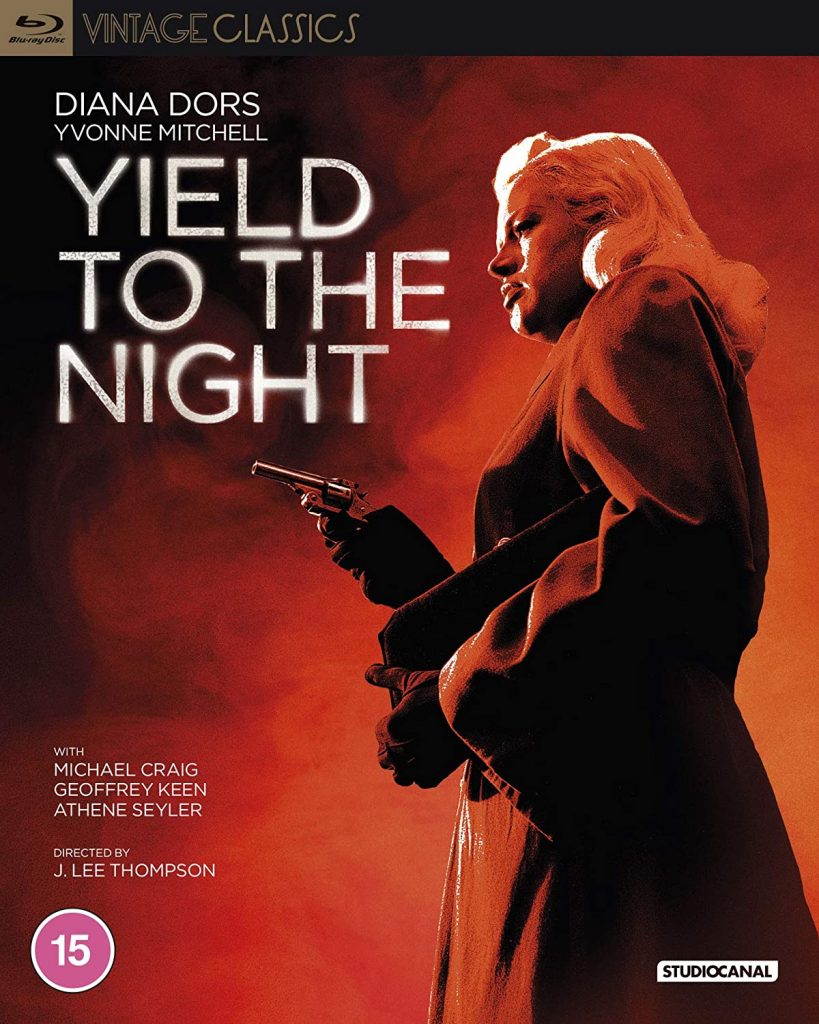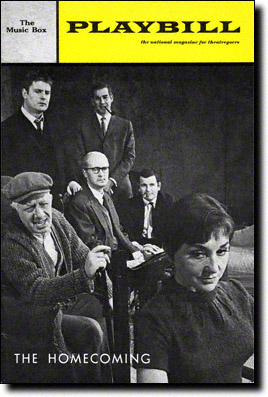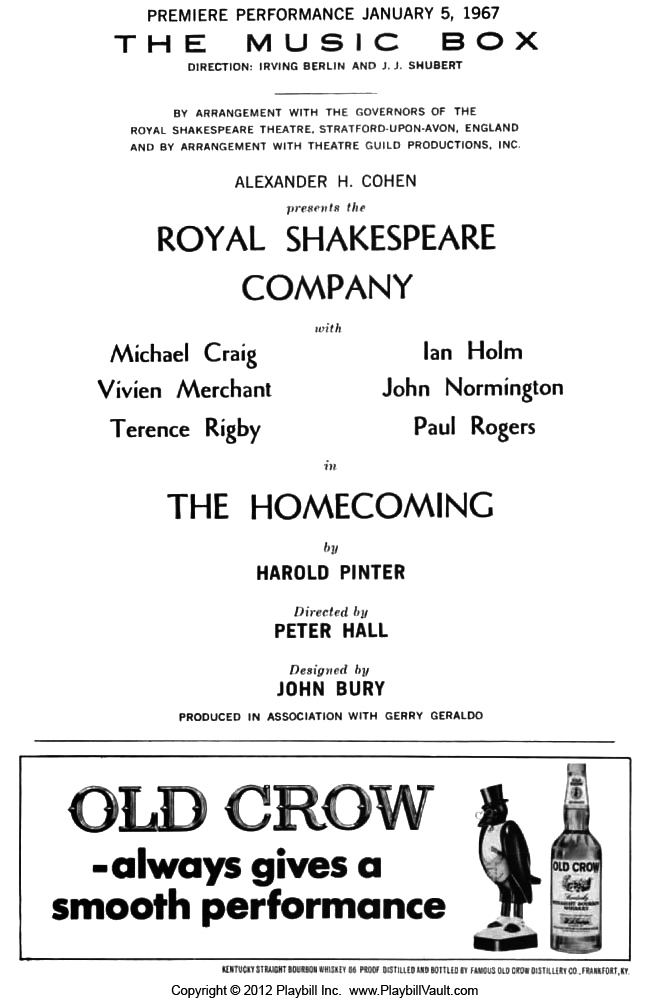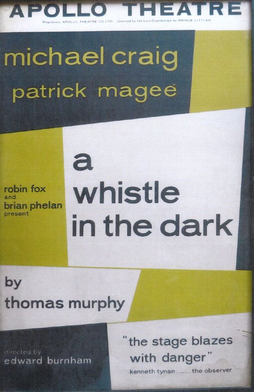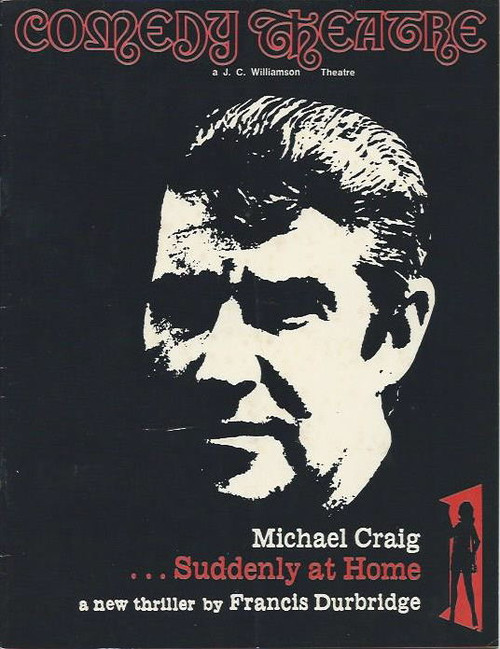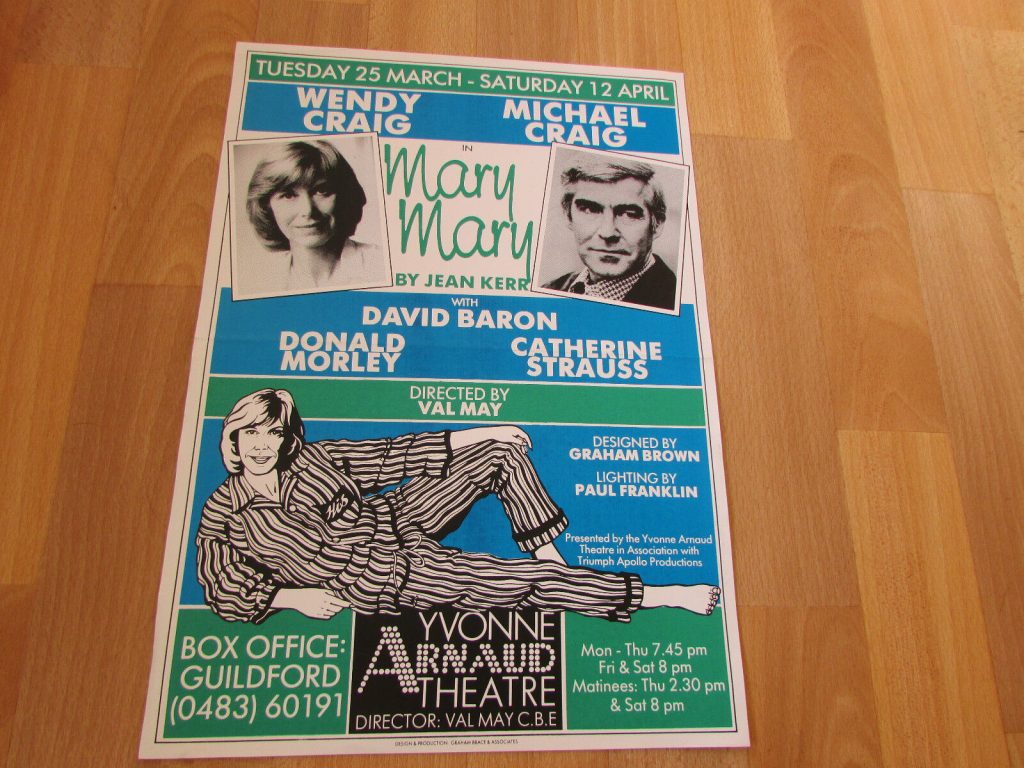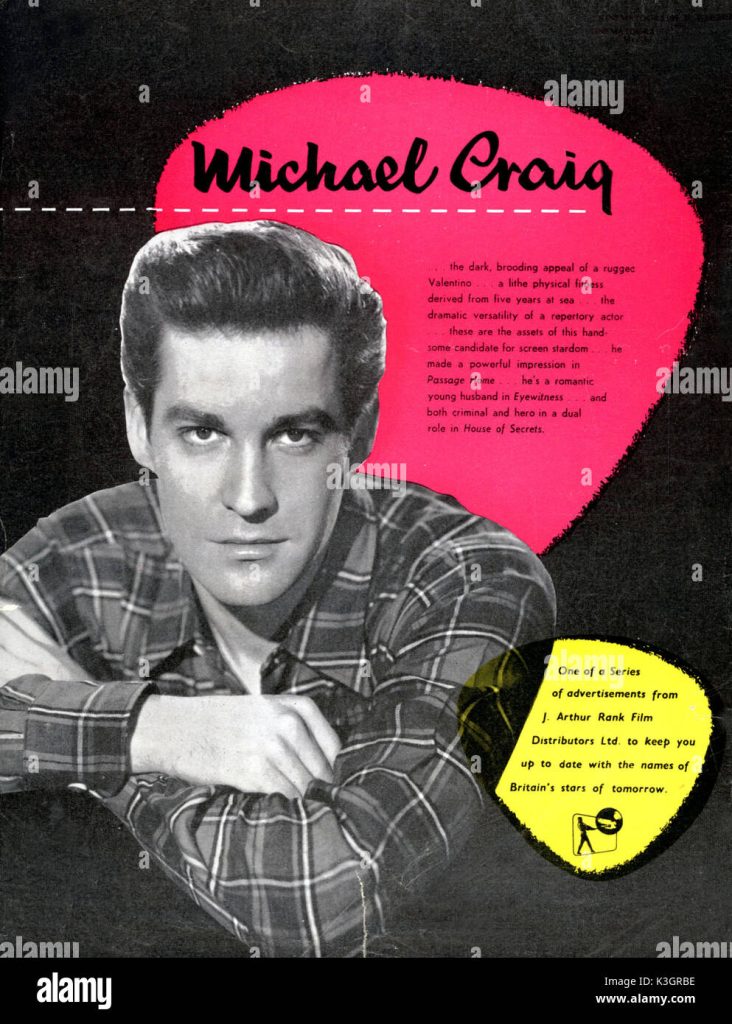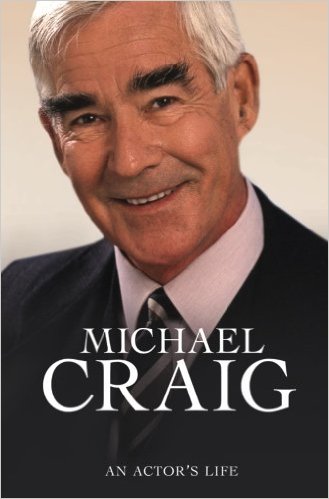

Edward Judd was born in Shangai in 1932. His career peak was in the mid 1960’s. He starred in one classic science fiction “The Day the Earth Caught Fire”. He went to Hollywood in 1964 but made on ly one film there “Strange Bedfellows” with Rock Hudson and Gina Lollobrigida. His career seems to have stalled with the end of the 1970’s and he died in 2009.
Edward Judd “Guardian” obituary:
Edward Judd, who has died aged 76, seemed set for stardom when he gained a leading role in The Day the Earth Caught Fire (1961), the film that foresaw global warming. It led to Judd being seriously considered for the role of James Bond in Dr No (1962), the first of the endless series.
However, the career of the well-built, square-jawed British actor, who had worked consistently in films and television since the age of 16, failed to ignite in the way he expected.
In fact, Judd’s role as an out-of-luck reporter suffering the trauma of divorce, writer’s block and alcoholism, who comes across the scoop of the century in The Day the Earth Caught Fire, was not only his first substantial part but probably his best. However, some years later, Val Guest, the director, recalled Judd’s “difficult” behaviour during the shooting, which he put down to feelings of inferiority in his first big role.
In the film, Judd discovers that because the Soviets and the west detonated nuclear tests simultaneously, the earth has been knocked off its axis and is moving closer to the sun. Judd is particularly effective at delivering some witty lines, and the scene where he and Janet Munro strip down to their underwear because of the rapidly rising temperature is surprisingly sexy.
Judd was born to expatriate English parents in Shanghai. On their return to England during the second world war, he got a small role as a public schoolboy in Roy Boulting’s The Guinea Pig (1948). He continued to get parts, often uncredited, in British films in the 1950s: a boxer in The Good Die Young (1954), a soldier in X: The Unknown (1956), a policeman in The Man Upstairs (1958), a naval officer in Sink The Bismarck! and a warder in The Criminal (both 1960).






After his break in The Day the Earth Caught Fire, Judd was given the lead as a rather dour commander of a German submarine manned by a British crew to confuse the enemy in Mystery Submarine (1963). In the same year, he played opposite Susan Hayward in Stolen Hours, a feeble British remake of the Bette Davis melodrama Dark Victory. Poor Hayward is dying of an unspecified disease and Judd is her dashing, racing-driver boyfriend who knows that he could be killed at any time, but says: “I don’t want to be told you’re going to get yours in the 10th lap.”
The following year, Judd was a brawny Viking called Sven in the Anglo-Yugoslav production of The Long Ships, starring Richard Widmark. First Men in the Moon (1964), an enjoyable adaptation of the HG Wells novel, co-starred Judd and Martha Hyer, managing to keep straight faces while being captured by Selenites (men in insect suits) and threatened by a giant caterpillar.
Naturally, he was billed below Rock Hudson and Gina Lollobrigida in Strange Bedfellows (1965), but was visible enough as a London gent who becomes involved with La Lollo. In contrast, playing a scientist, he had to avoid getting caught in the tentacles of slithery creatures that live on bone marrow in Island of Terror (1966). In The Vengeance of She (1968), Judd was a psychiatrist who is bewitched by a girl (Olinka Berova), who thinks she is the reincarnation of a 2,000-year-old queen, Ayesha. He is foolhardy enough to accompany her to an ancient lost city.
Parallel to his film career, Judd appeared regularly on television, from the 1950s series The Adventures of Sir Lancelot, and later in Emmerdale Farm, The New Avengers, The Professionals and The Sweeney. He was also in Flambards, a mini-series for Yorkshire TV, as the arrogant and bullying disabled owner of the eponymous mansion.
But his association with Hammer and sub-Hammer horrors continued, with parts in The Vault of Horror (1973); The Hound of the Baskervilles (1983), as the sinister servant Barrymore; and as a police inspector in Jack the Ripper (1988). But there were periods of unemployment, due in part to his heavy drinking.
Judd was married twice, both times to actors. His first wife, Gene Anderson, died in 1965. His second, Norma Ronald, with whom he had two daughters, died in 1993. His daughters survive him.
Edward Judd, actor, born 4 October 1932; died 24 February 2009


